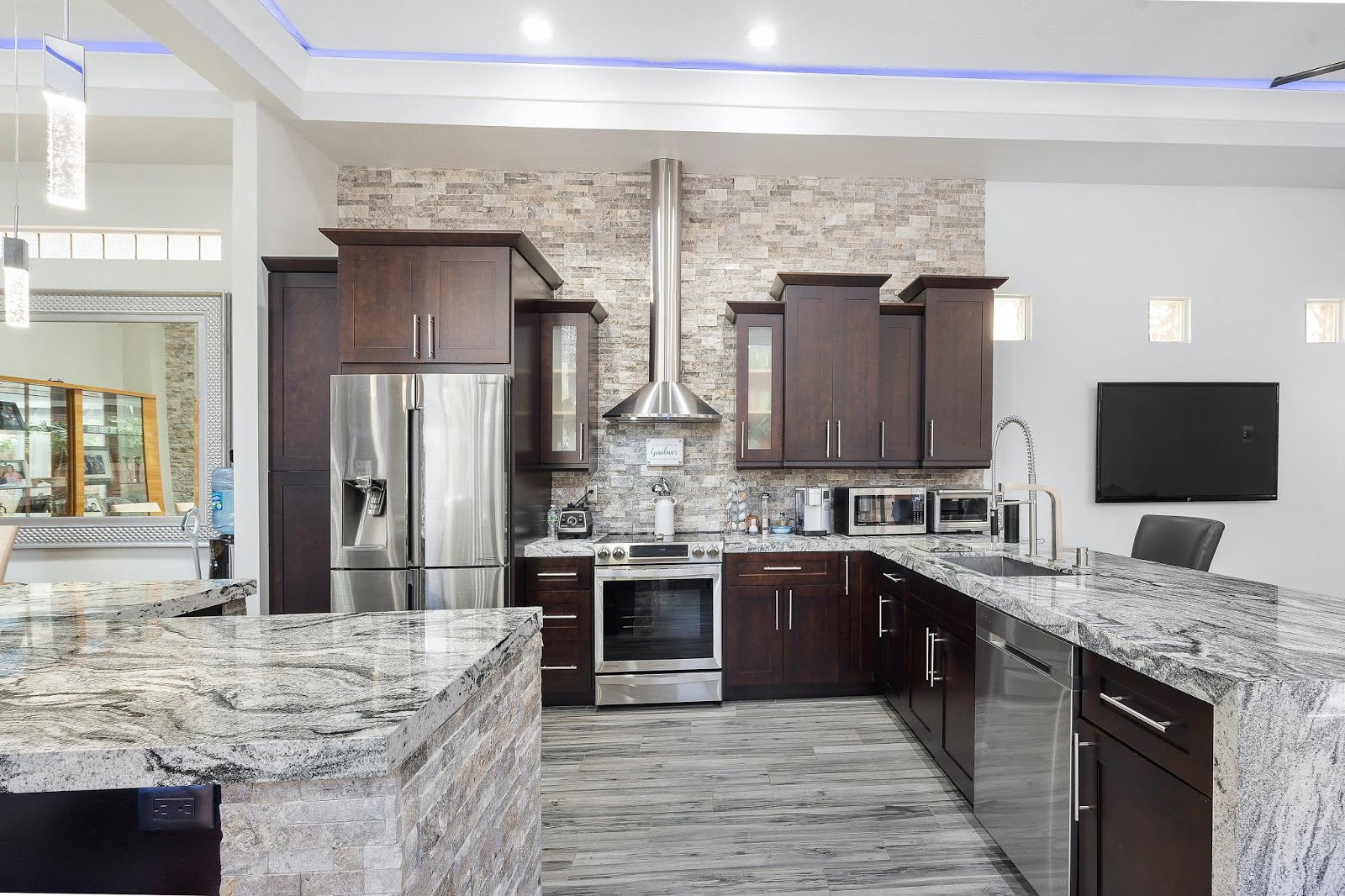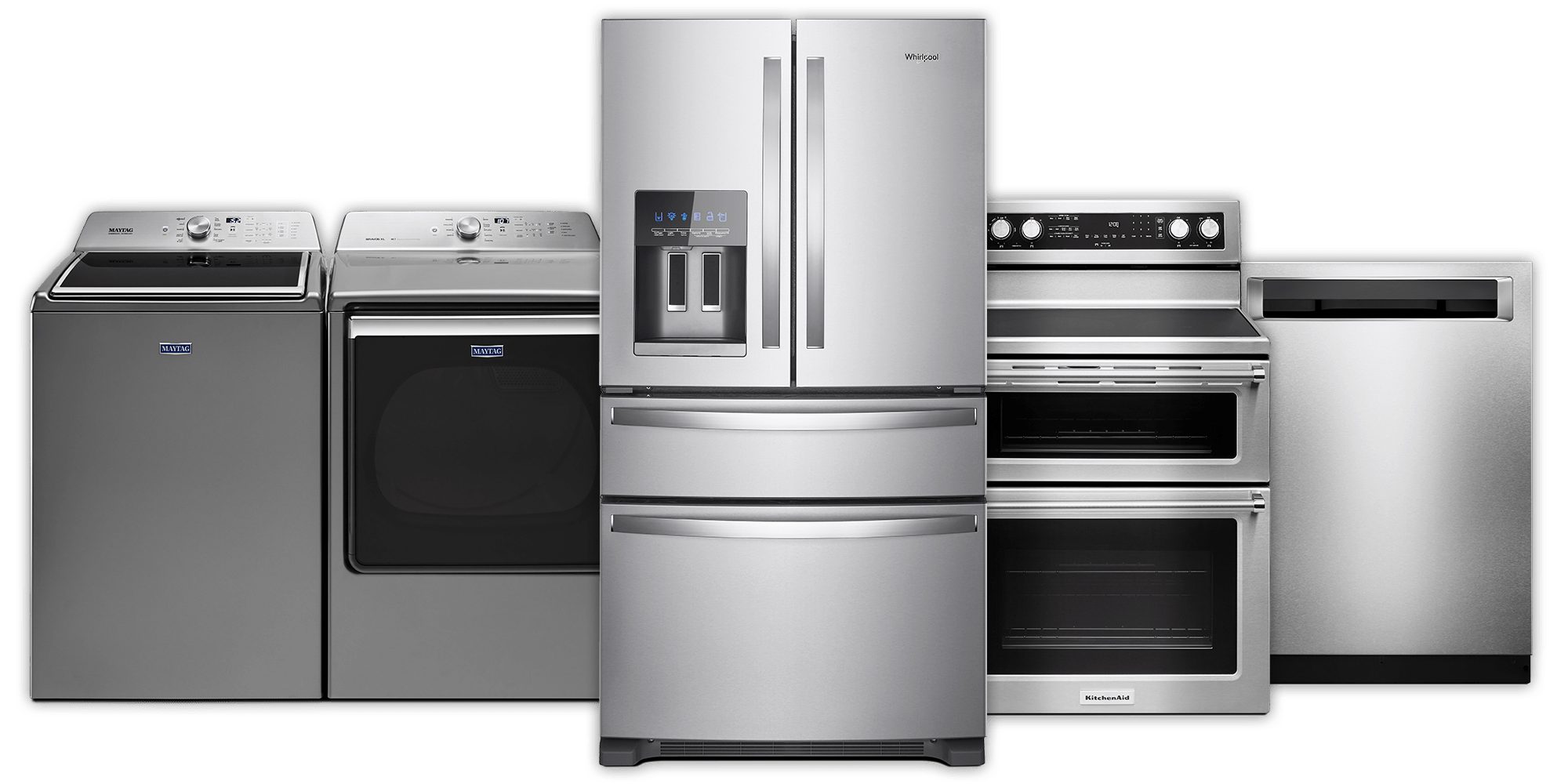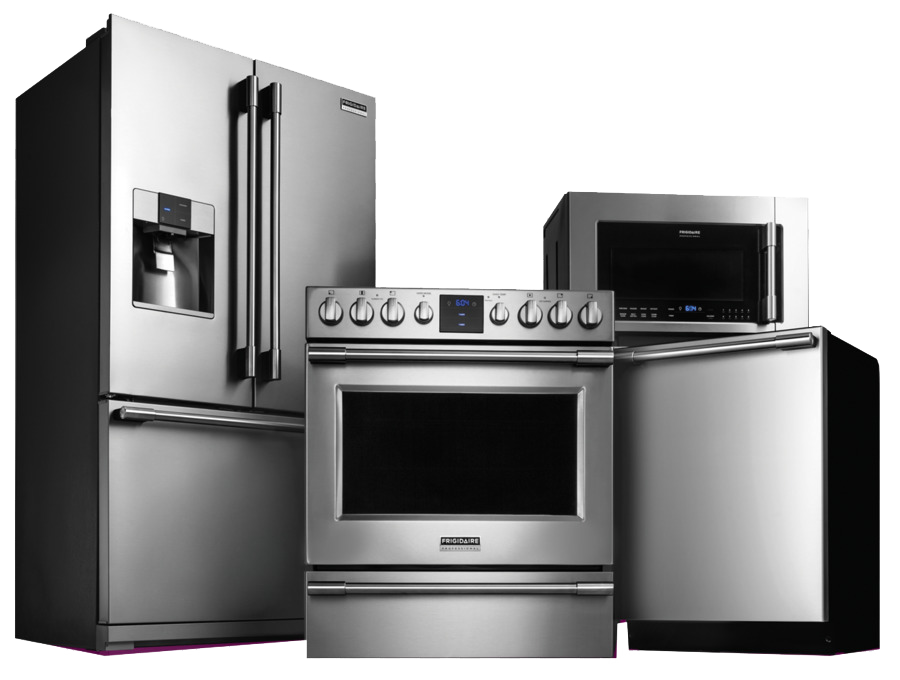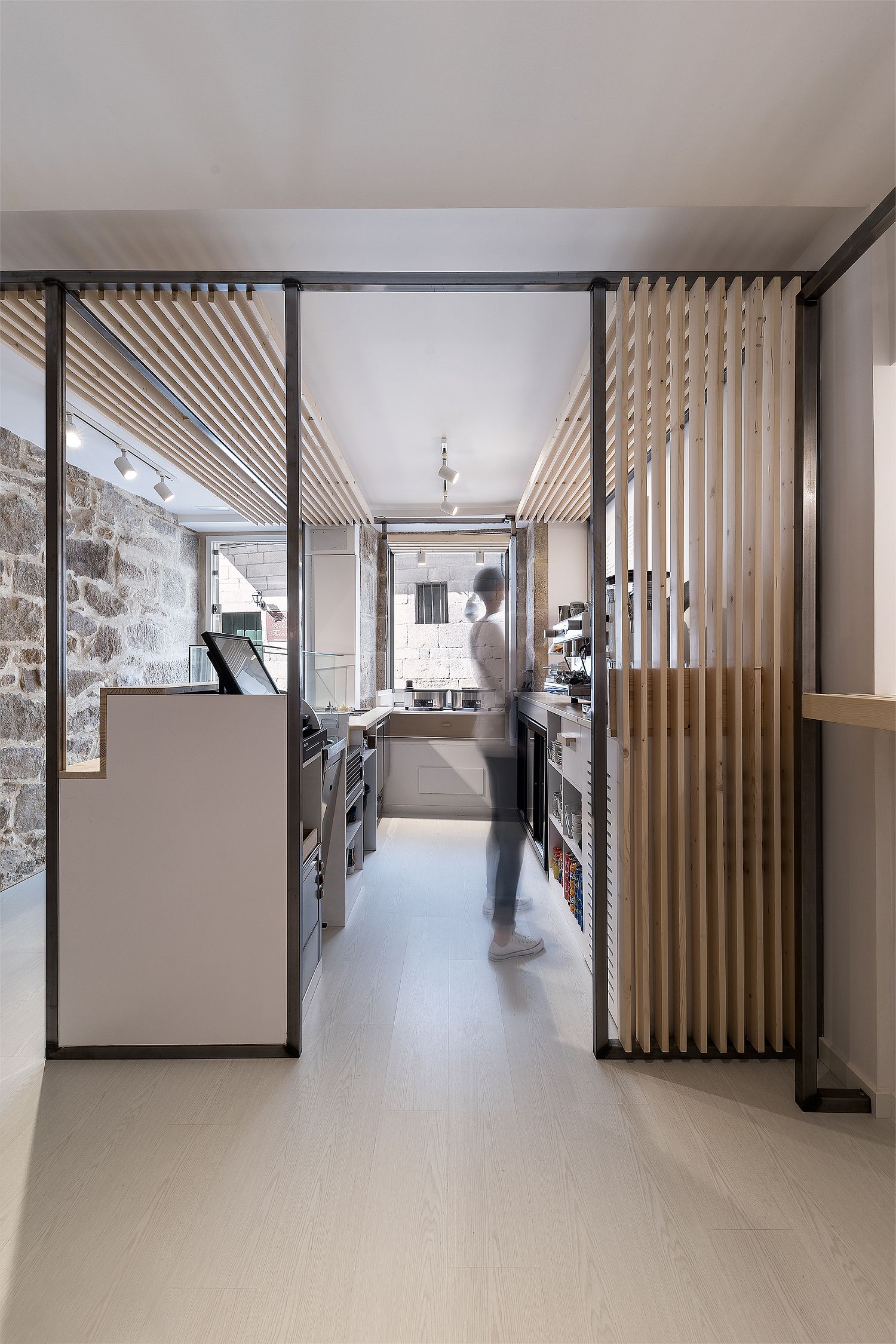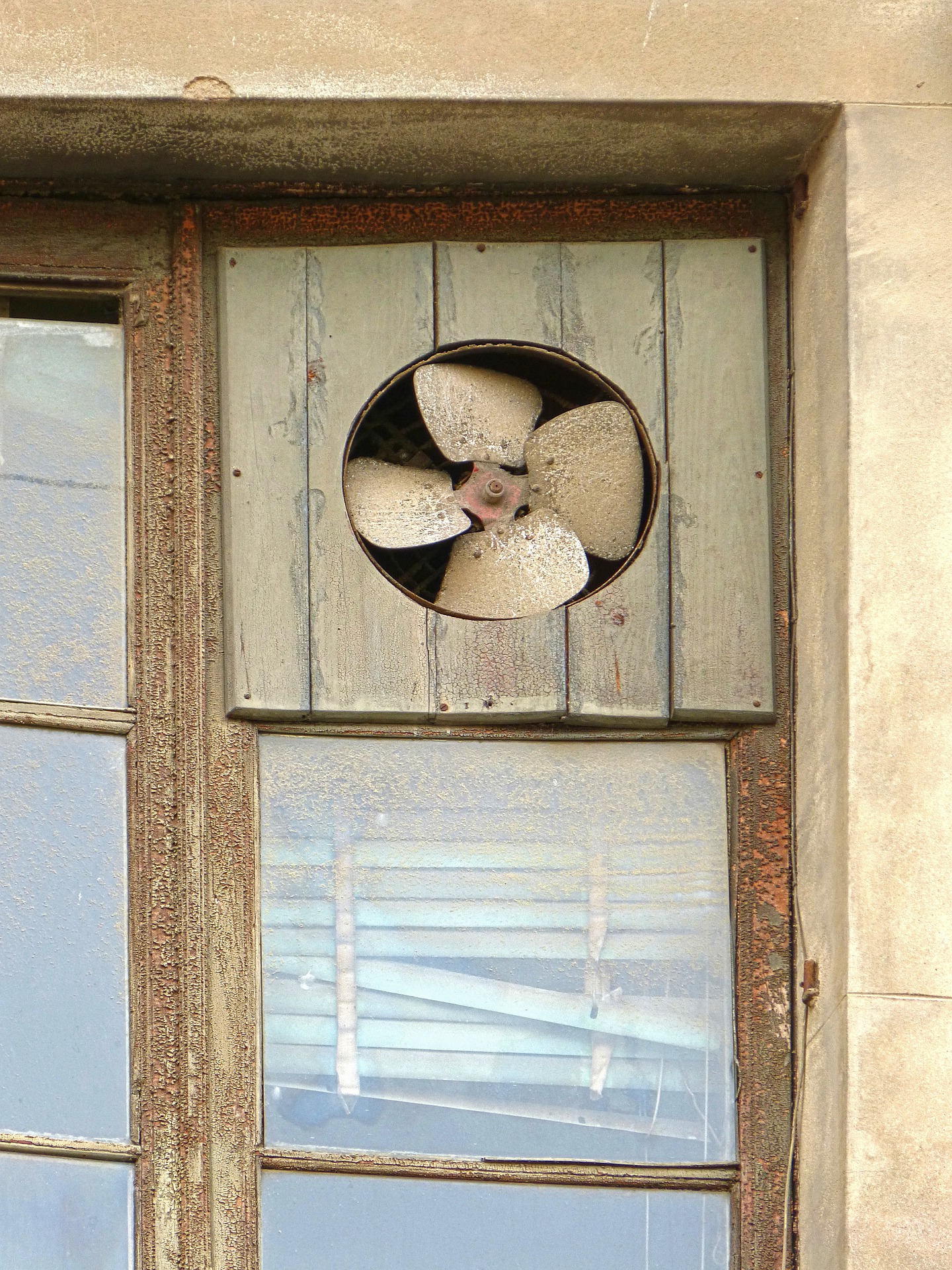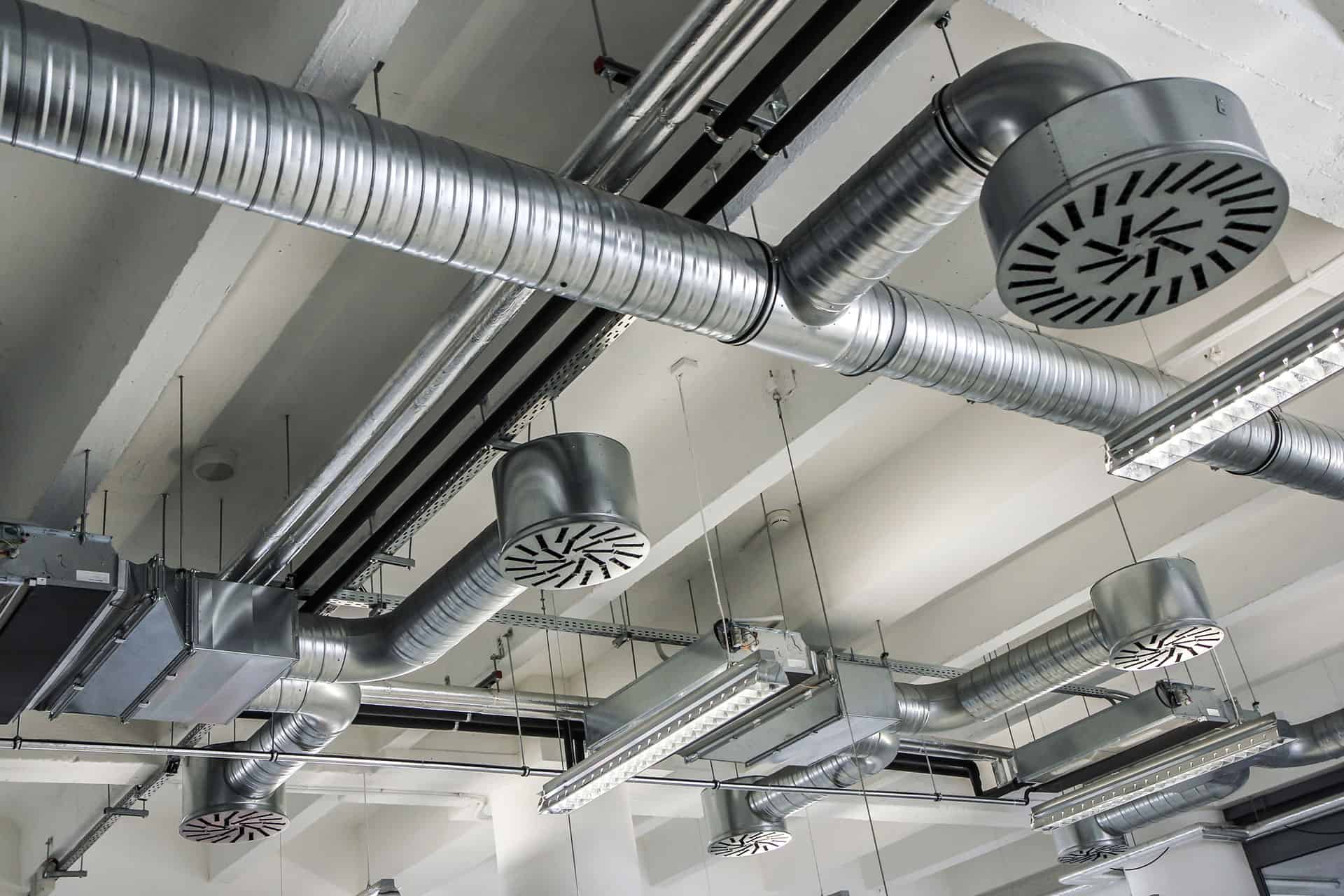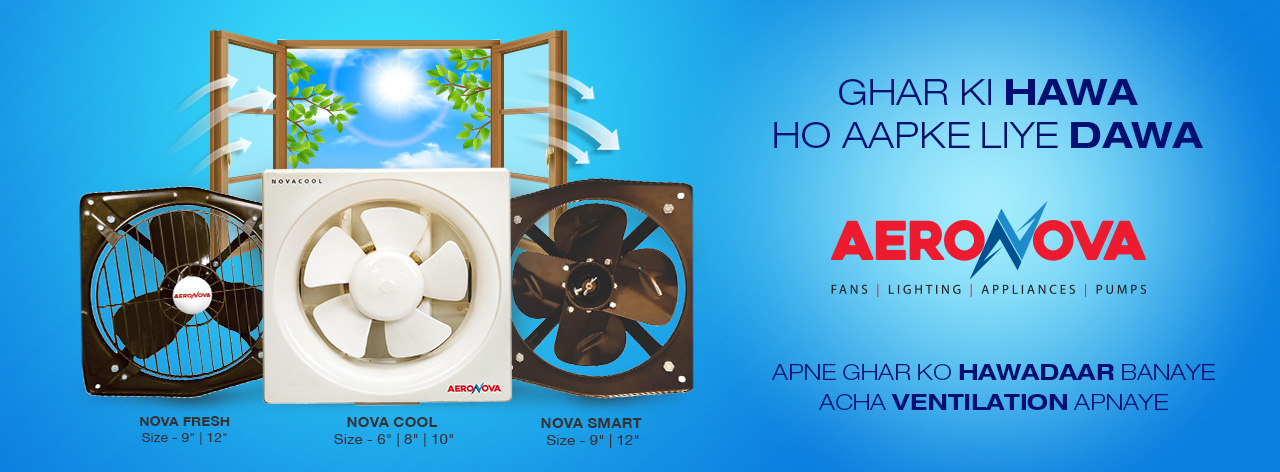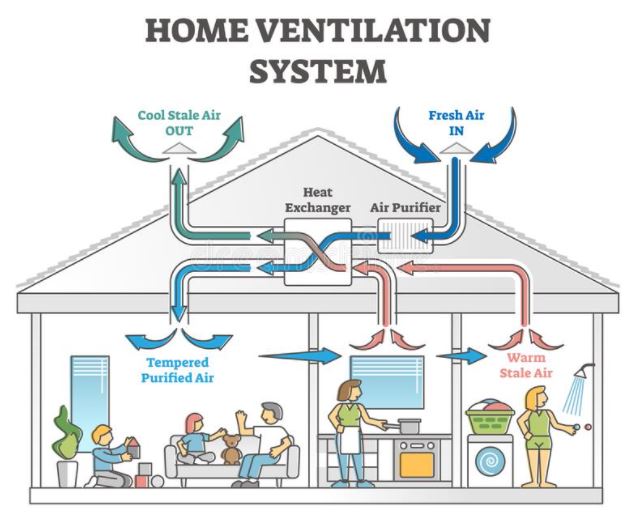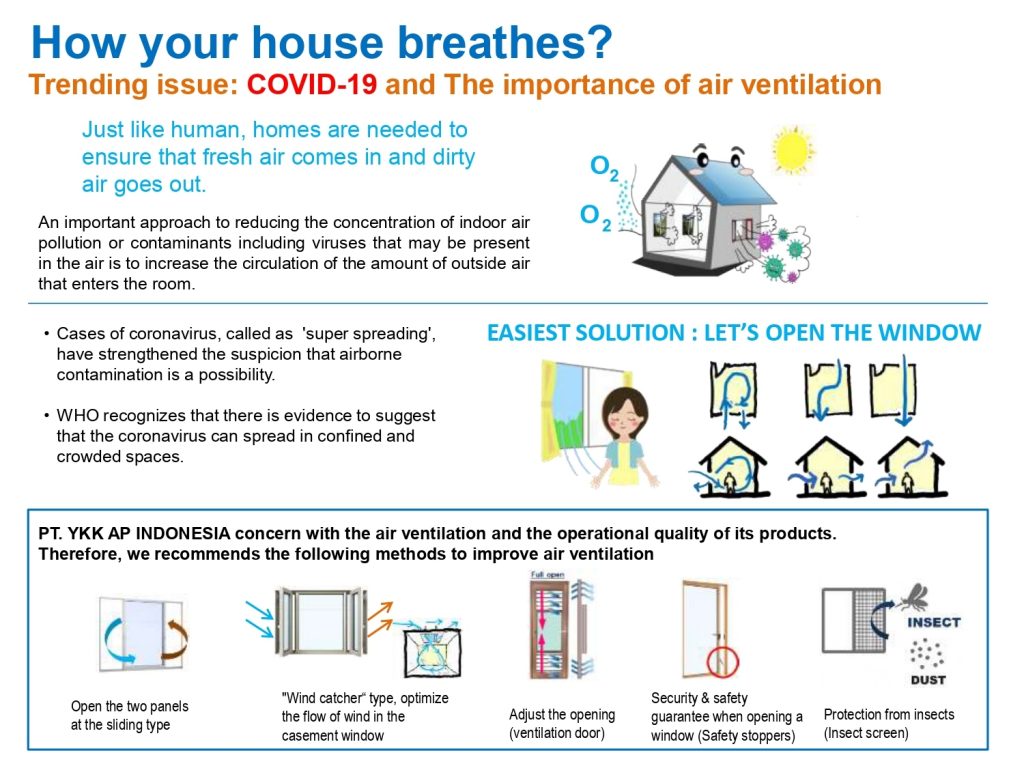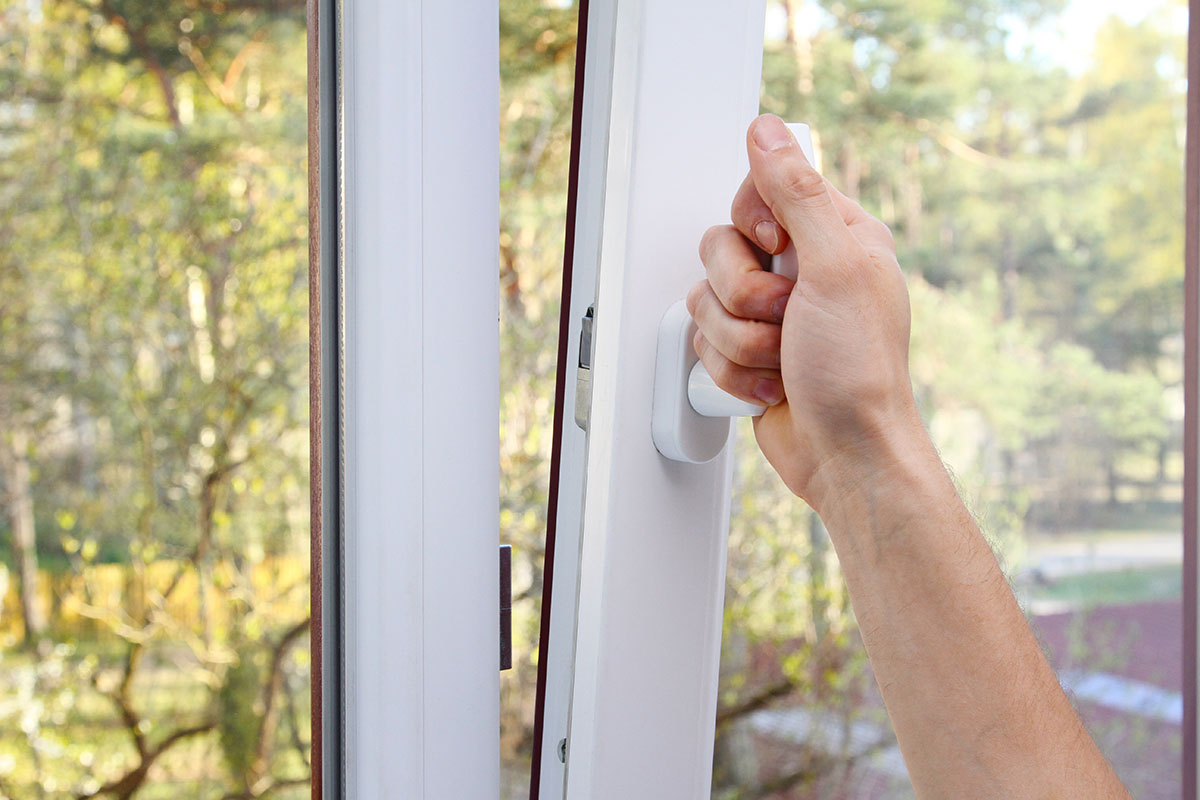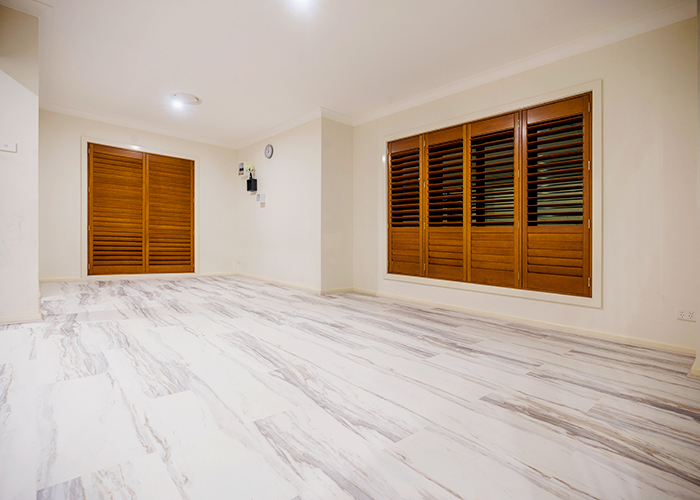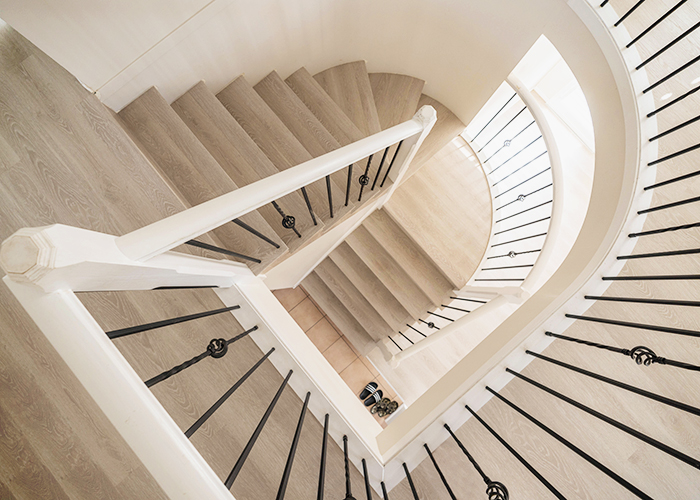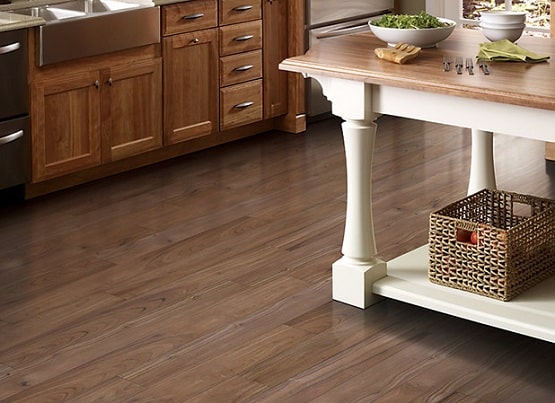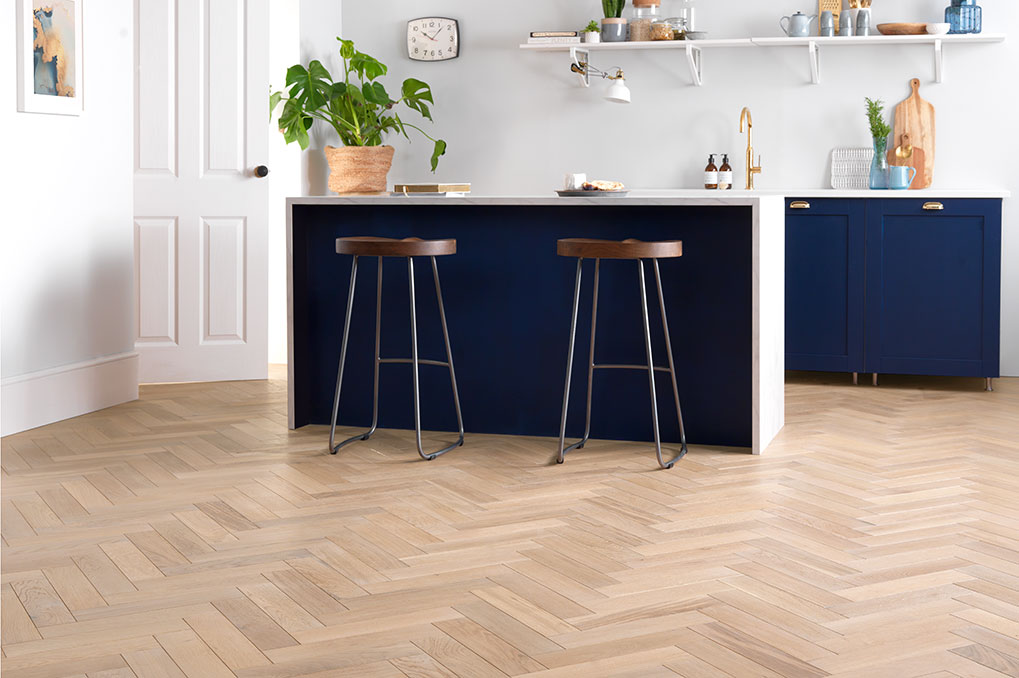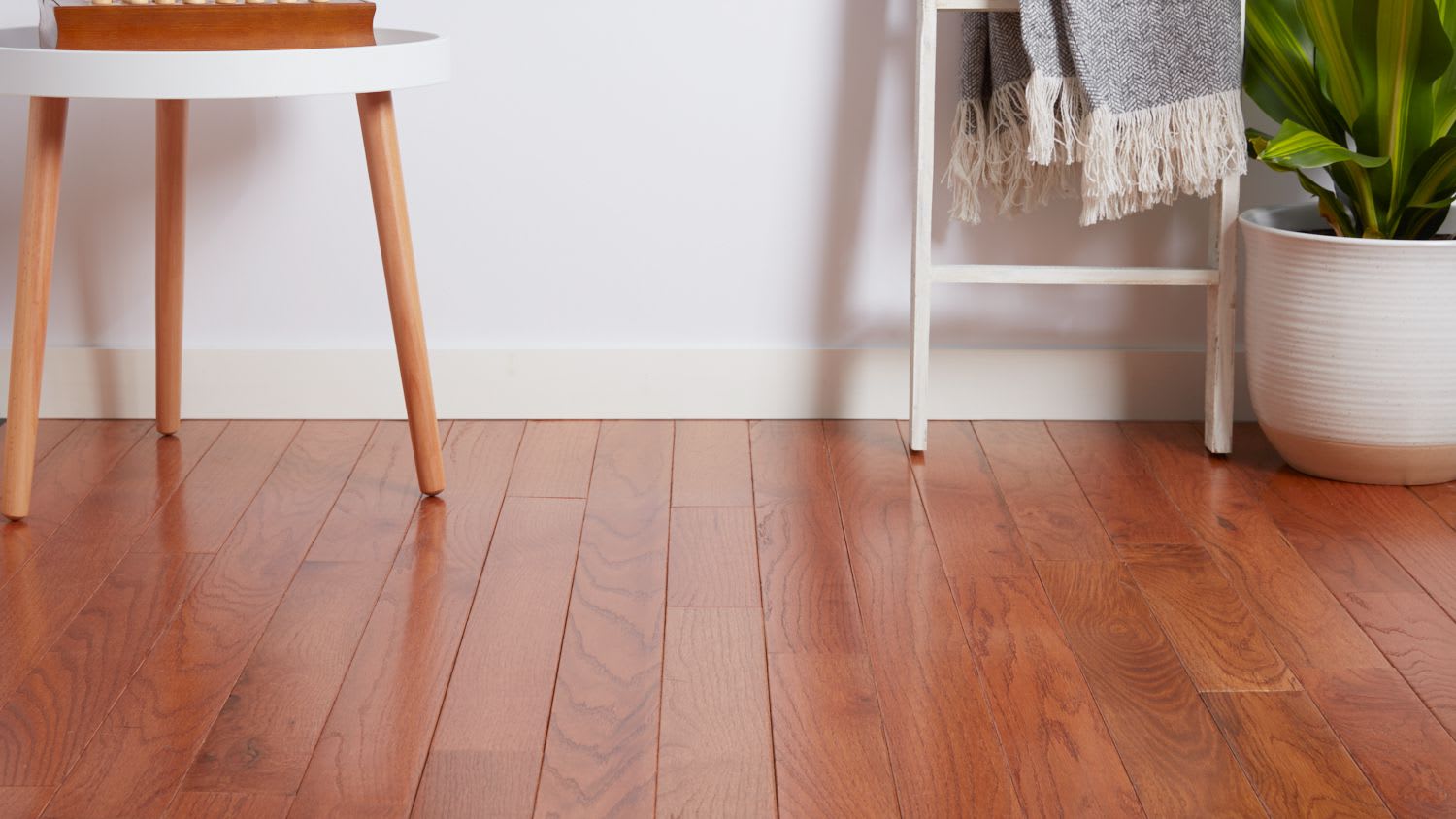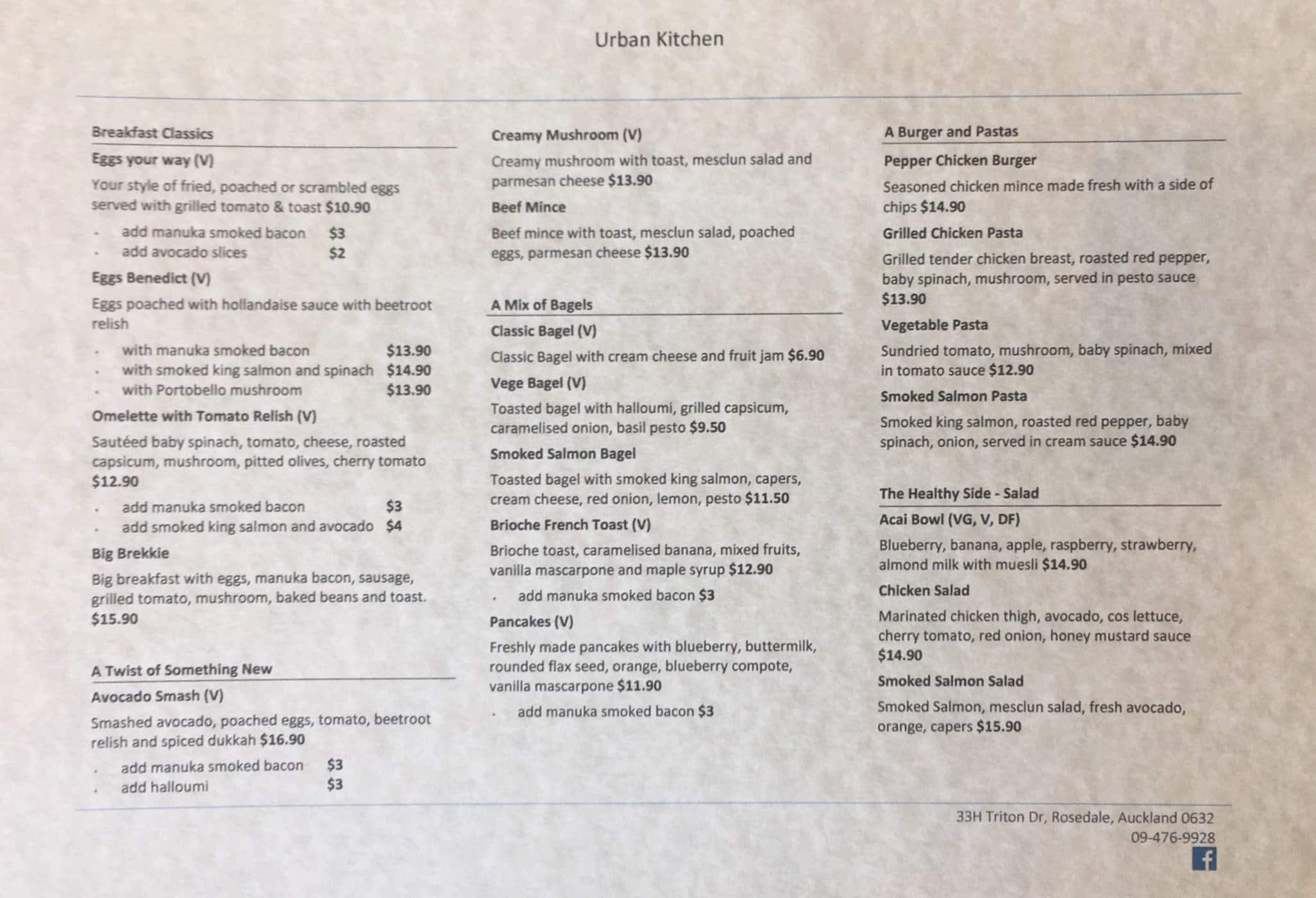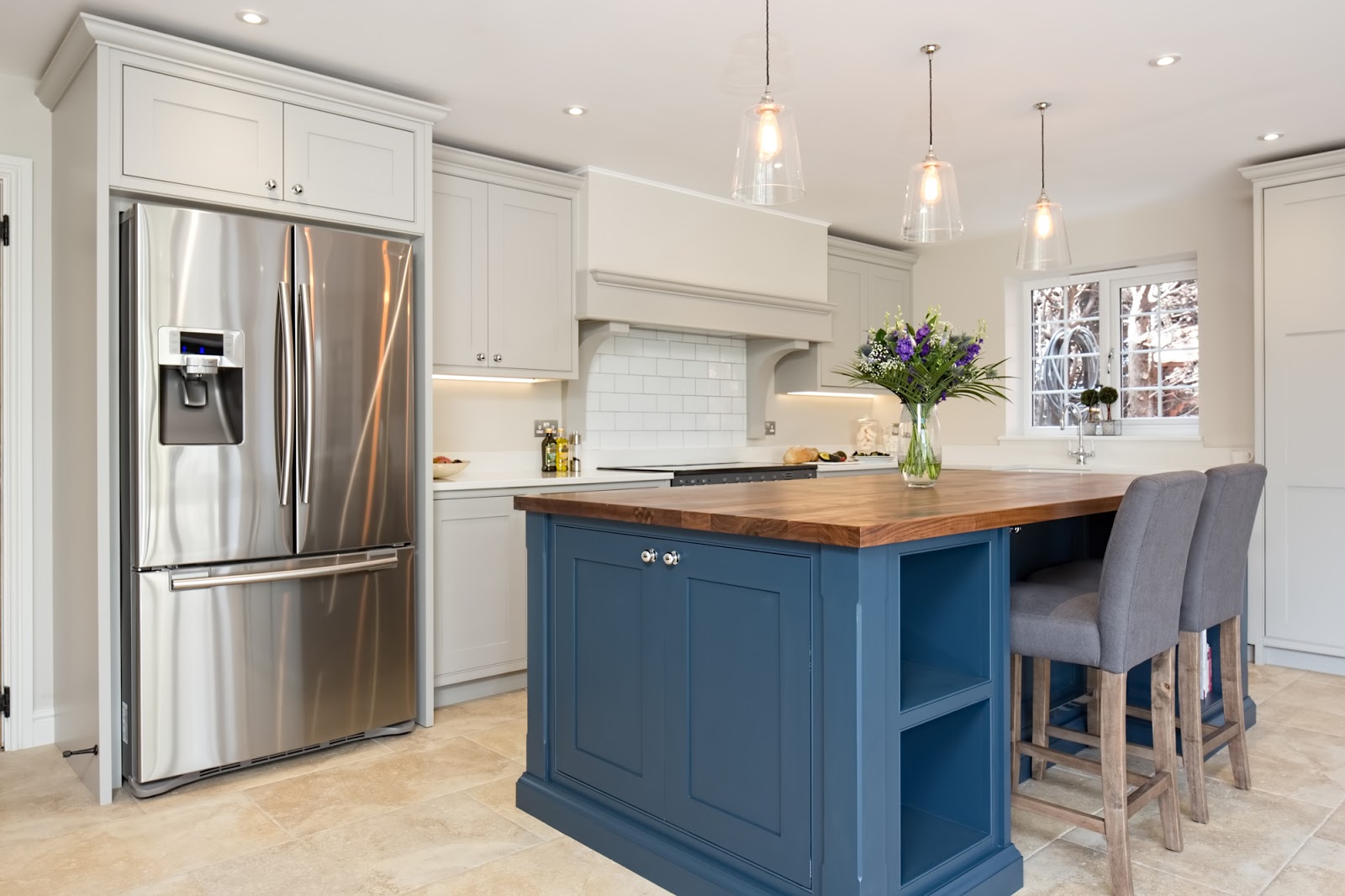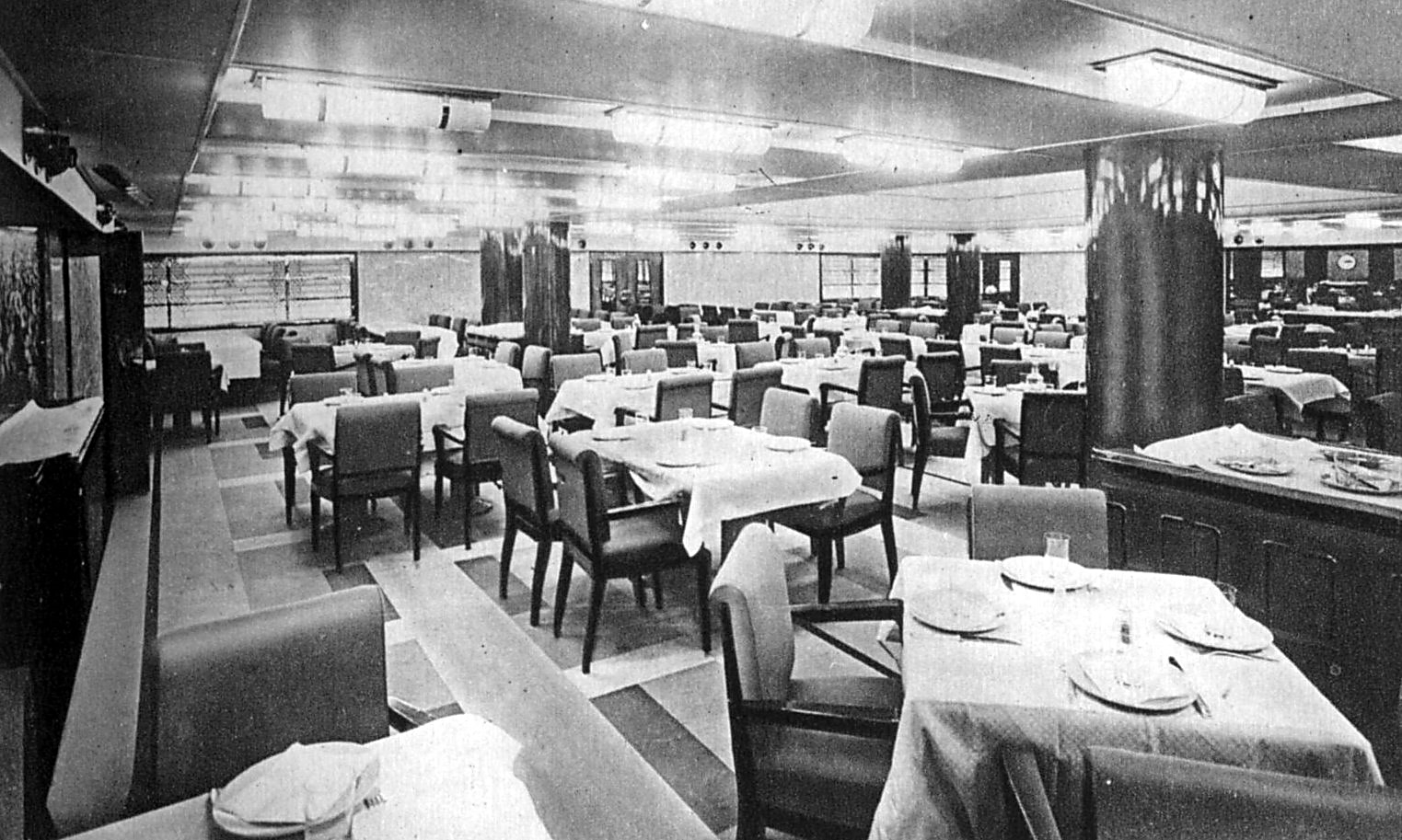Efficient Layout
One of the main characteristics of a well-designed kitchen is an efficient layout. The layout of a kitchen refers to the overall placement and organization of the different elements, such as the countertops, appliances, and cabinets. A well-designed layout should make it easy for you to move around and work in the kitchen, without feeling cramped or cluttered.
An efficient layout should also take into consideration the work triangle, which is the imaginary triangle formed by connecting the three main work areas in the kitchen – the sink, stove, and refrigerator. This triangle should be well-balanced and allow for easy movement between these areas.
Additionally, a well-designed kitchen layout should also consider the traffic flow in the kitchen, making sure that there is enough space for people to move around comfortably without interrupting cooking or cleaning tasks.
Ample Storage Space
Another important characteristic of a well-designed kitchen is ample storage space. A good kitchen design should not only have enough storage for all your cooking essentials but also make them easily accessible.
This can be achieved through the use of clever storage solutions such as pull-out drawers, lazy susans, and vertical storage options. These not only maximize storage space but also make it easier to organize and find items in your kitchen.
Ample storage space is especially important for small kitchens, where every inch of space counts. A well-designed kitchen should make use of all available space, including the walls and corners, to provide enough storage without making the kitchen feel cluttered.
Quality Materials
The use of quality materials is another key characteristic of a well-designed kitchen. From the countertops to the cabinets, every element of the kitchen should be made of high-quality materials that can withstand daily wear and tear.
Investing in quality materials not only ensures the longevity of your kitchen but also adds to its overall aesthetic appeal. Materials such as granite, quartz, and hardwood are popular choices for their durability and timeless beauty.
When choosing materials for your kitchen, it's important to consider their functionality as well. For example, using non-porous materials for countertops and flooring can make cleaning and maintenance easier, while also preventing the growth of bacteria and mold.
Proper Lighting
Lighting plays a crucial role in a well-designed kitchen. It not only helps to create the right ambiance but also serves a functional purpose in providing adequate illumination for cooking and food preparation.
A well-designed kitchen should have a combination of ambient, task, and accent lighting to provide a well-lit and inviting space. Pendant lights or recessed lighting above the countertops and stove can provide focused task lighting, while under-cabinet lighting can add both functionality and ambiance to the kitchen.
Additionally, natural lighting should also be considered in the kitchen design, as it can make the space feel brighter and more spacious. Large windows or skylights can bring in natural light, making the kitchen feel more welcoming and inviting.
Functional Work Triangle
The functional work triangle is an important aspect of kitchen design that ensures efficiency and ease of movement in the kitchen. A well-designed kitchen should have a balanced work triangle, with the three main work areas – sink, stove, and refrigerator – placed in a way that minimizes the distance between them.
This not only makes it easier to move between tasks but also reduces the time and effort spent in the kitchen. A functional work triangle also ensures that there is enough counter space for food preparation and cooking, making the kitchen more efficient and functional.
Easy to Clean Surfaces
A well-designed kitchen should also have surfaces that are easy to clean and maintain. From the countertops to the flooring, these surfaces should be able to withstand spills, stains, and heat without getting damaged or stained.
Materials such as quartz, laminate, and porcelain tiles are popular choices for their resistance to stains and easy maintenance. Additionally, using a backsplash behind the sink and stove can also make cleaning up messes easier and prevent damage to the walls.
Having easy to clean surfaces not only makes kitchen maintenance easier but also ensures that your kitchen looks clean and well-maintained at all times.
Well-Placed Appliances
The placement of appliances is another important characteristic of a well-designed kitchen. Appliances such as the refrigerator, stove, and dishwasher should be strategically placed to maximize functionality and efficiency.
For example, the refrigerator should be placed near the entrance of the kitchen, making it easily accessible for grocery trips. The stove should be placed near the sink and countertop for easy food preparation, while the dishwasher should be placed near the sink for easy clean-up.
The placement of appliances should also take into consideration the work triangle, making sure that there is enough counter space and easy movement between the three main work areas.
Smart Use of Space
A well-designed kitchen should make smart use of space to maximize functionality and storage. This can be achieved through the use of built-in appliances, pull-out shelves, and multi-functional furniture.
For example, a built-in oven or microwave can save counter space and make the kitchen look more streamlined. Pull-out shelves can make it easier to access items in deep cabinets, while multi-functional furniture such as a kitchen island with storage can provide extra workspace and storage.
Smart use of space not only makes the kitchen more functional but also helps to keep it organized and clutter-free.
Good Ventilation
A well-designed kitchen should also have good ventilation to remove cooking odors, smoke, and excess moisture. This not only helps to keep the kitchen smelling fresh but also prevents the growth of mold and mildew.
A range hood or exhaust fan is essential for proper ventilation in the kitchen. It should be placed above the stove to remove smoke and cooking odors, and also vented to the outside to prevent the buildup of moisture in the kitchen.
Good ventilation not only improves the air quality in the kitchen but also helps to maintain the overall cleanliness and hygiene of the space.
Suitable Flooring
Last but not least, a well-designed kitchen should have suitable flooring that is both durable and aesthetically pleasing. The kitchen is a high-traffic area, so the flooring should be able to withstand daily wear and tear without getting damaged.
Materials such as porcelain tiles, hardwood, and vinyl are popular choices for their durability and resistance to spills and stains. They are also easy to clean, making them ideal for the kitchen.
In addition to functionality, the flooring should also complement the overall design of the kitchen, adding to its aesthetic appeal.
Additional Characteristics of a Well-Designed Kitchen

Efficiency and Functionality
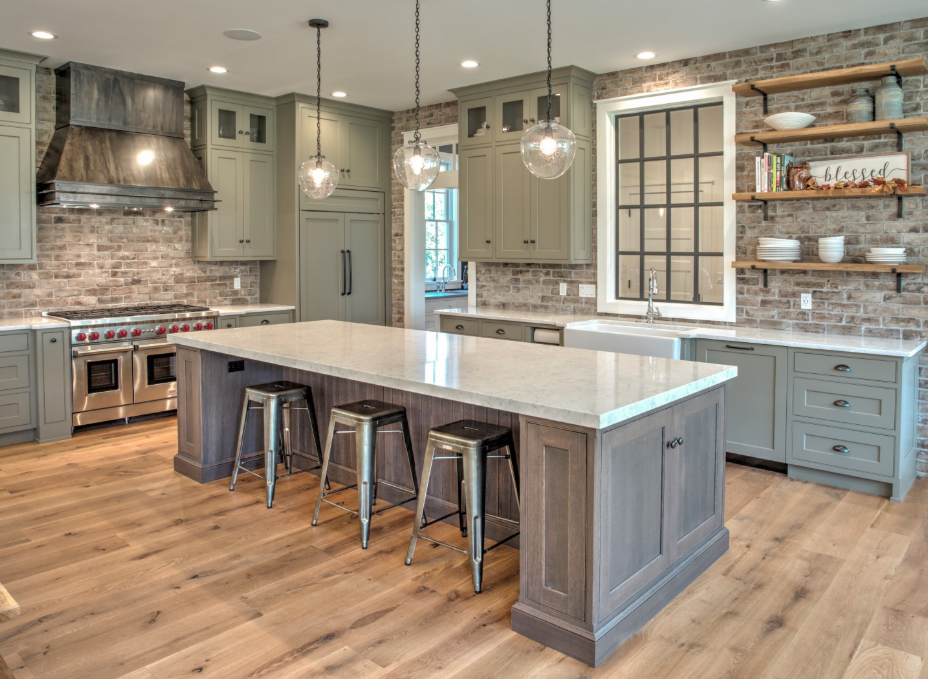 Efficiency and functionality
are two crucial elements of a well-designed kitchen. A well-designed kitchen should be organized in a way that allows for easy movement and access to all necessary tools and appliances. This means having a logical layout that minimizes the need for excessive walking or reaching. A
functional kitchen
should also have ample counter space for meal preparation and enough storage to keep clutter to a minimum. This not only makes cooking and cleaning easier, but it also creates a more enjoyable cooking experience.
Efficiency and functionality
are two crucial elements of a well-designed kitchen. A well-designed kitchen should be organized in a way that allows for easy movement and access to all necessary tools and appliances. This means having a logical layout that minimizes the need for excessive walking or reaching. A
functional kitchen
should also have ample counter space for meal preparation and enough storage to keep clutter to a minimum. This not only makes cooking and cleaning easier, but it also creates a more enjoyable cooking experience.
Safety and Comfort
 A well-designed kitchen should also prioritize
safety
and
comfort
. This means having proper ventilation to remove cooking odors and prevent the buildup of harmful gases. It also means having sufficient lighting to avoid accidents and injuries while cooking. Comfort is also essential, as a kitchen is not just a workspace, but also a gathering place for family and friends. This can be achieved through the use of comfortable seating, adequate lighting, and a warm and inviting atmosphere.
A well-designed kitchen should also prioritize
safety
and
comfort
. This means having proper ventilation to remove cooking odors and prevent the buildup of harmful gases. It also means having sufficient lighting to avoid accidents and injuries while cooking. Comfort is also essential, as a kitchen is not just a workspace, but also a gathering place for family and friends. This can be achieved through the use of comfortable seating, adequate lighting, and a warm and inviting atmosphere.
Durability and Easy Maintenance
 A well-designed kitchen should also be built to last and require minimal maintenance. This means using high-quality and durable materials such as stainless steel appliances and granite countertops. These materials not only add a touch of elegance to the kitchen but are also easy to clean and maintain. A
durable kitchen
will save you money in the long run, as you won't have to constantly replace or repair items.
A well-designed kitchen should also be built to last and require minimal maintenance. This means using high-quality and durable materials such as stainless steel appliances and granite countertops. These materials not only add a touch of elegance to the kitchen but are also easy to clean and maintain. A
durable kitchen
will save you money in the long run, as you won't have to constantly replace or repair items.
Personalization and Style
 Last but not least, a well-designed kitchen should reflect the personal style and taste of the homeowner. This can be achieved through the use of
customized cabinets
, unique backsplashes, and statement lighting fixtures. Personalizing your kitchen not only makes it more visually appealing, but it also adds a sense of character and warmth to the space.
Last but not least, a well-designed kitchen should reflect the personal style and taste of the homeowner. This can be achieved through the use of
customized cabinets
, unique backsplashes, and statement lighting fixtures. Personalizing your kitchen not only makes it more visually appealing, but it also adds a sense of character and warmth to the space.
In conclusion, a well-designed kitchen should be efficient, functional, safe, comfortable, durable, and reflect the personal style of the homeowner. By incorporating these additional characteristics into your kitchen design, you can create a space that not only looks beautiful but also meets all of your cooking and entertaining needs.



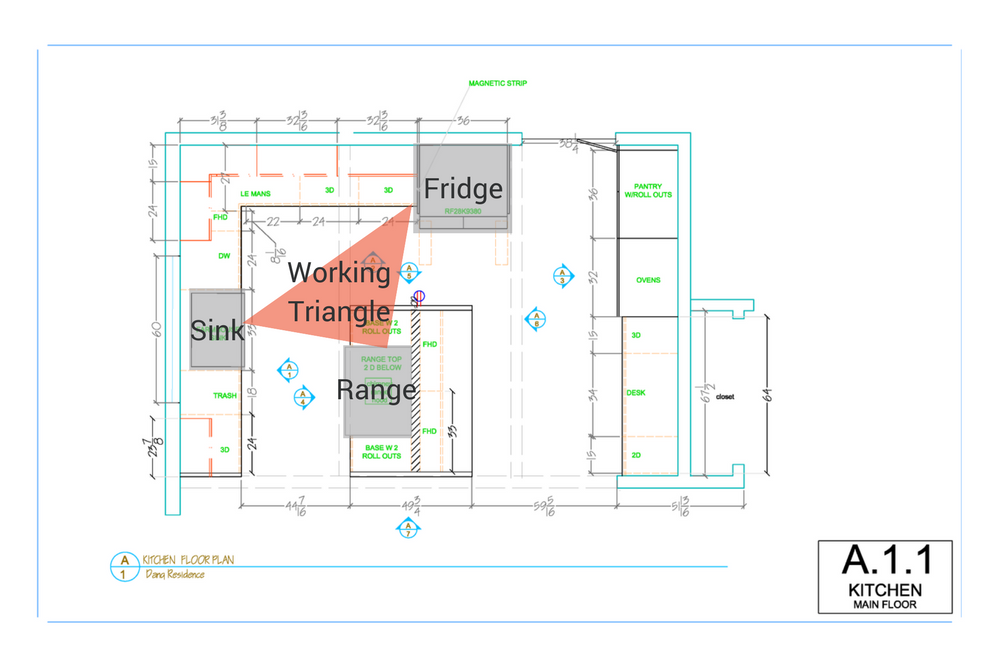
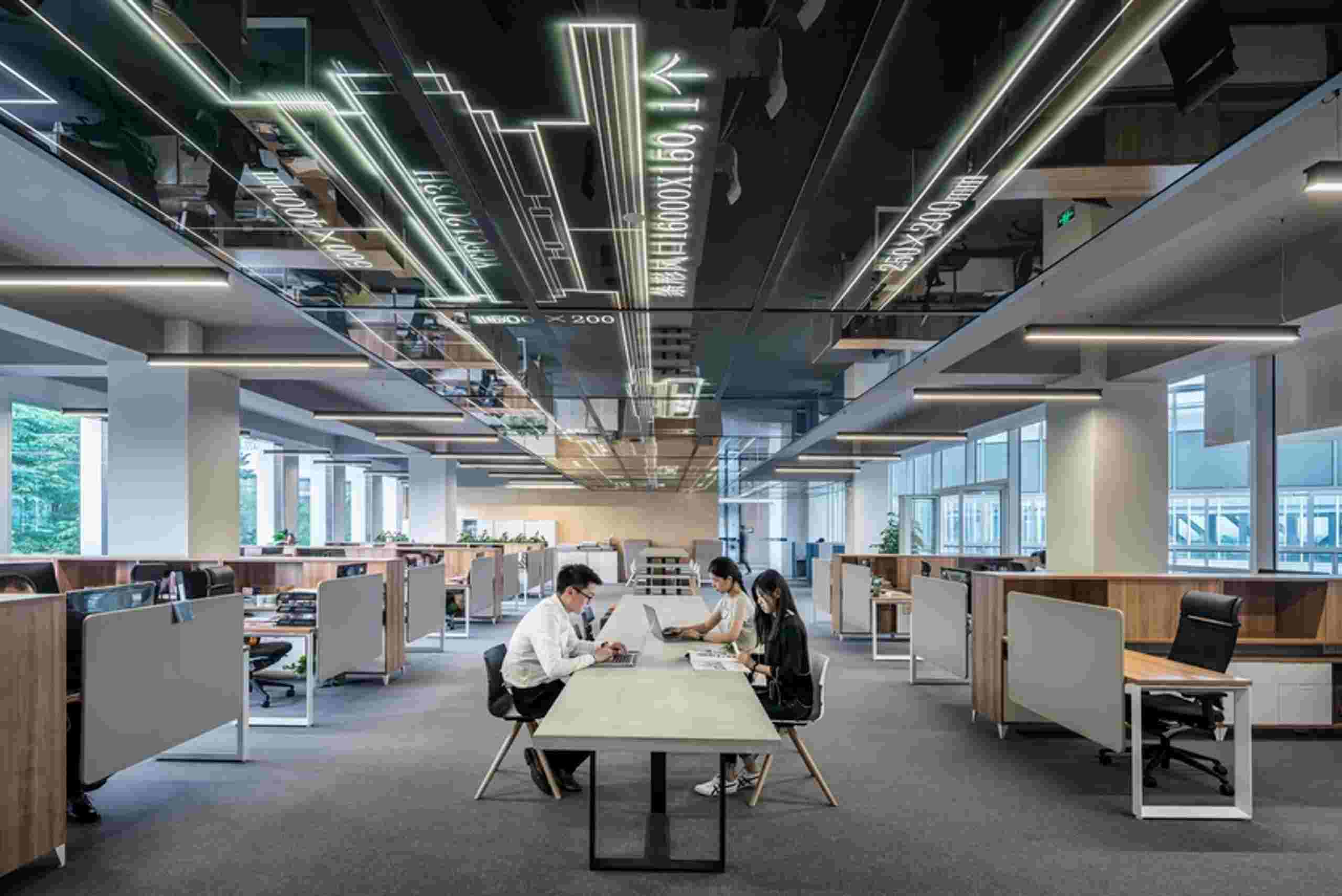



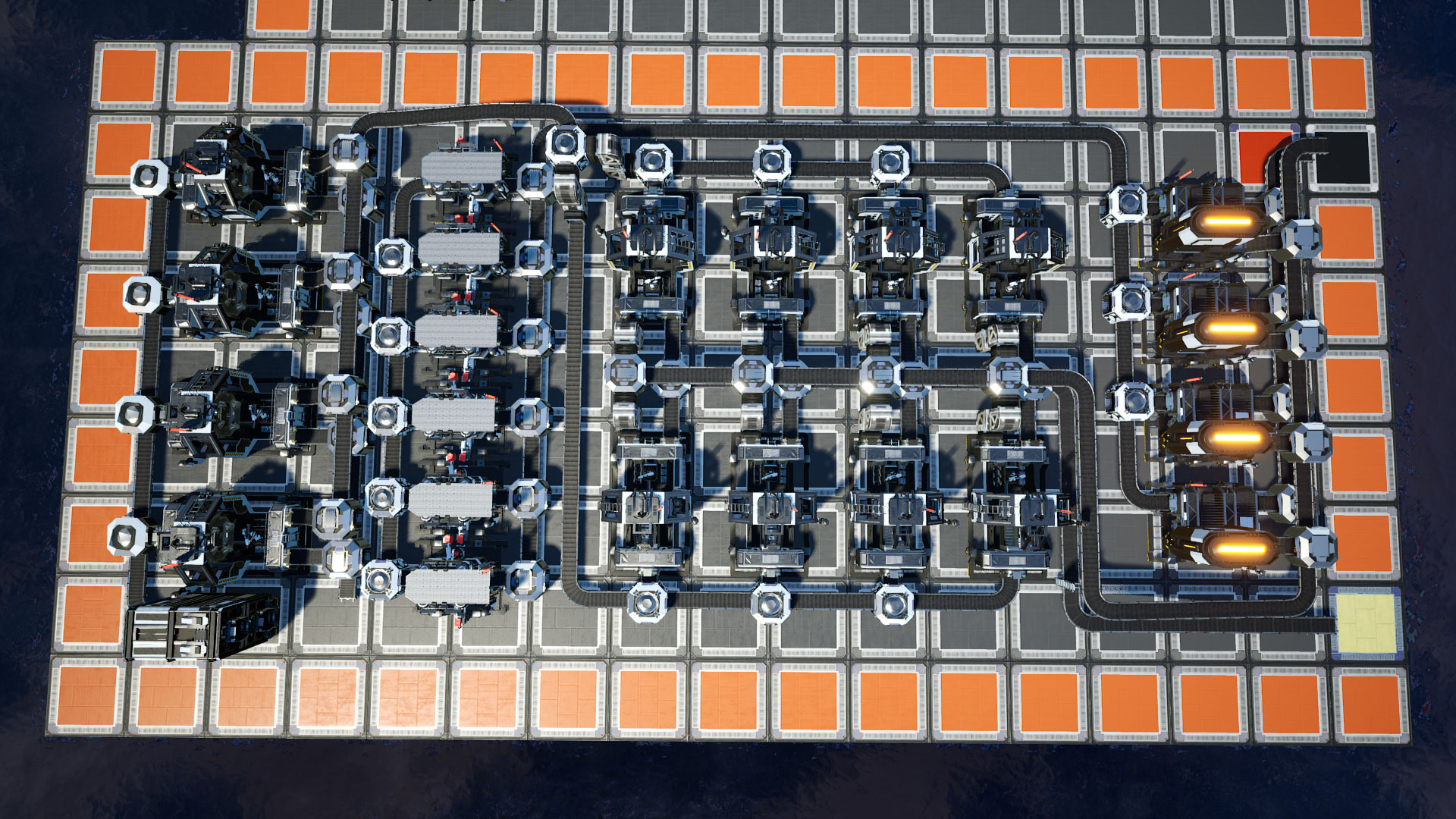

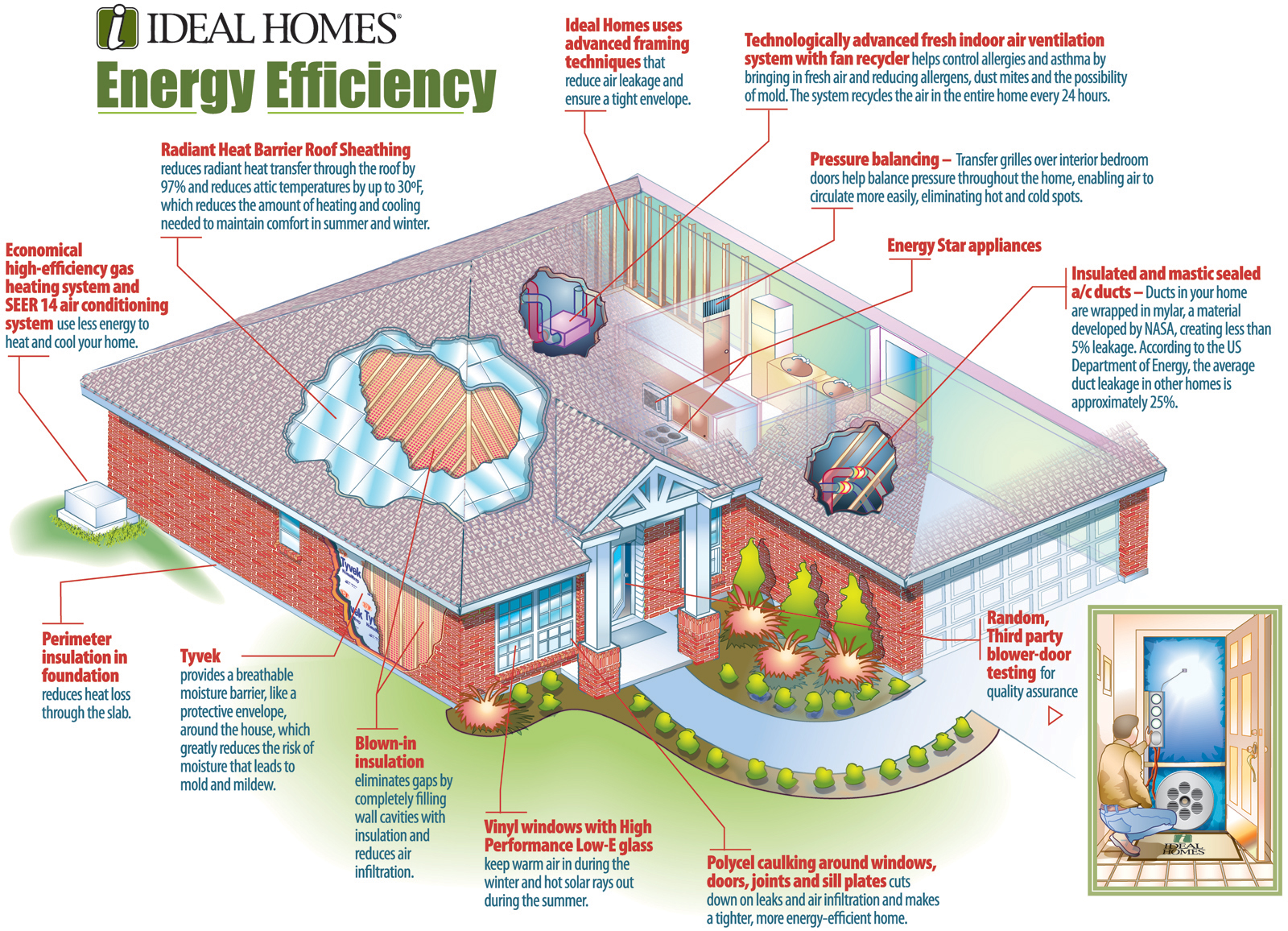

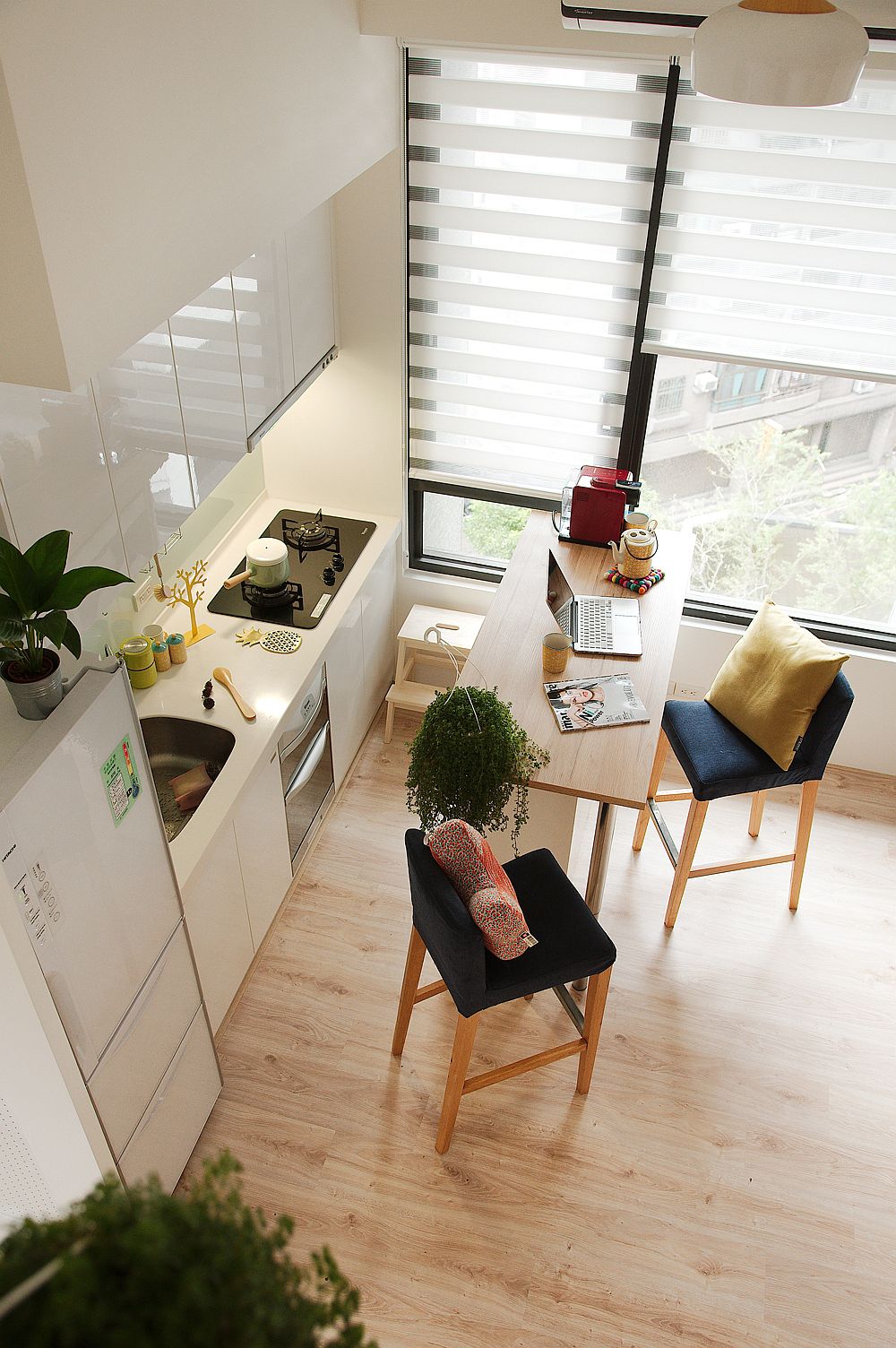
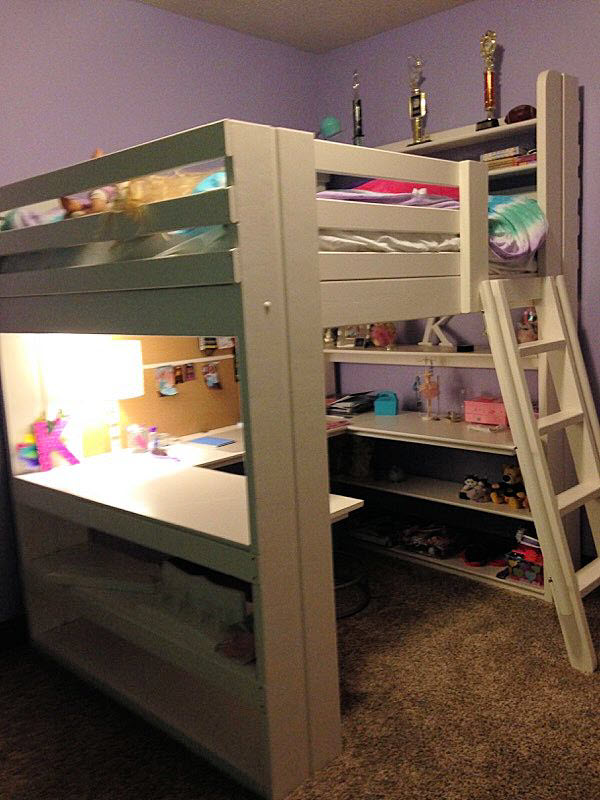



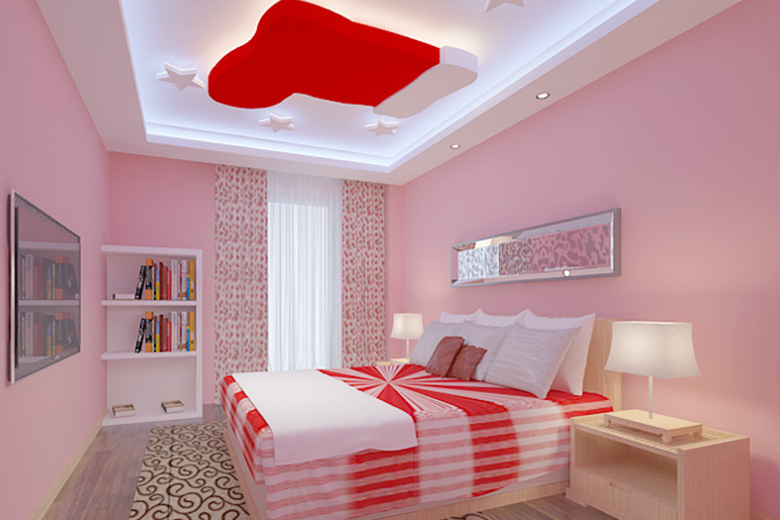


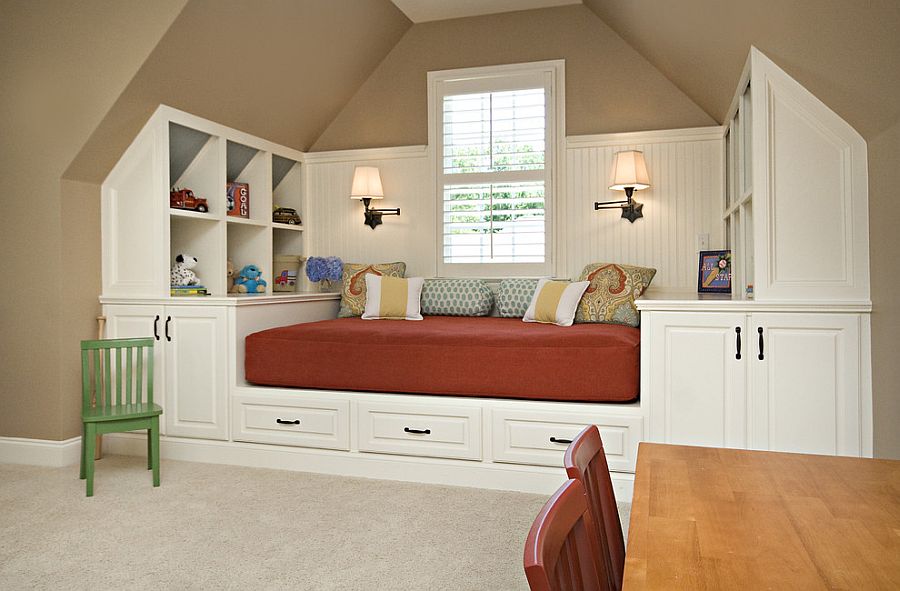








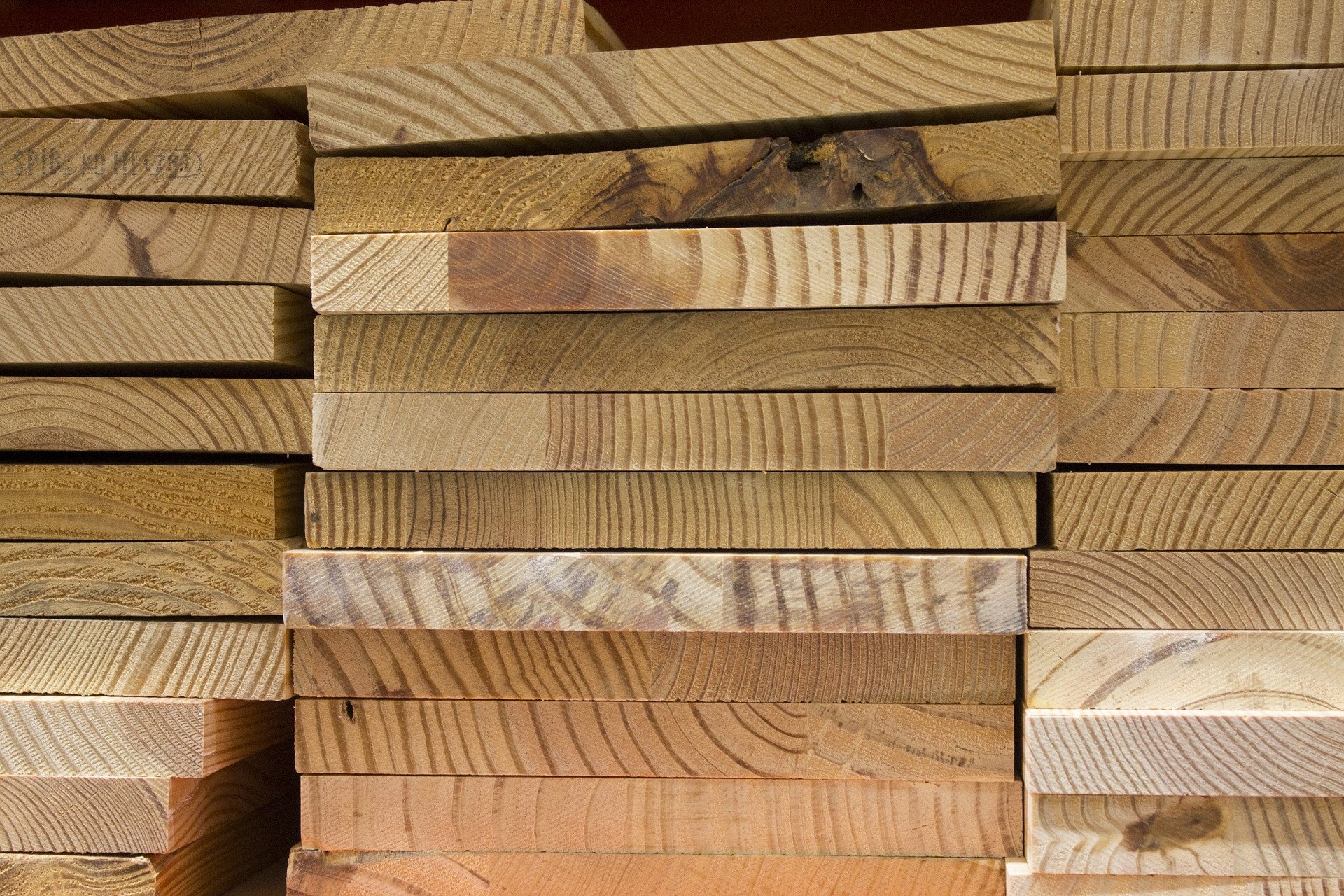



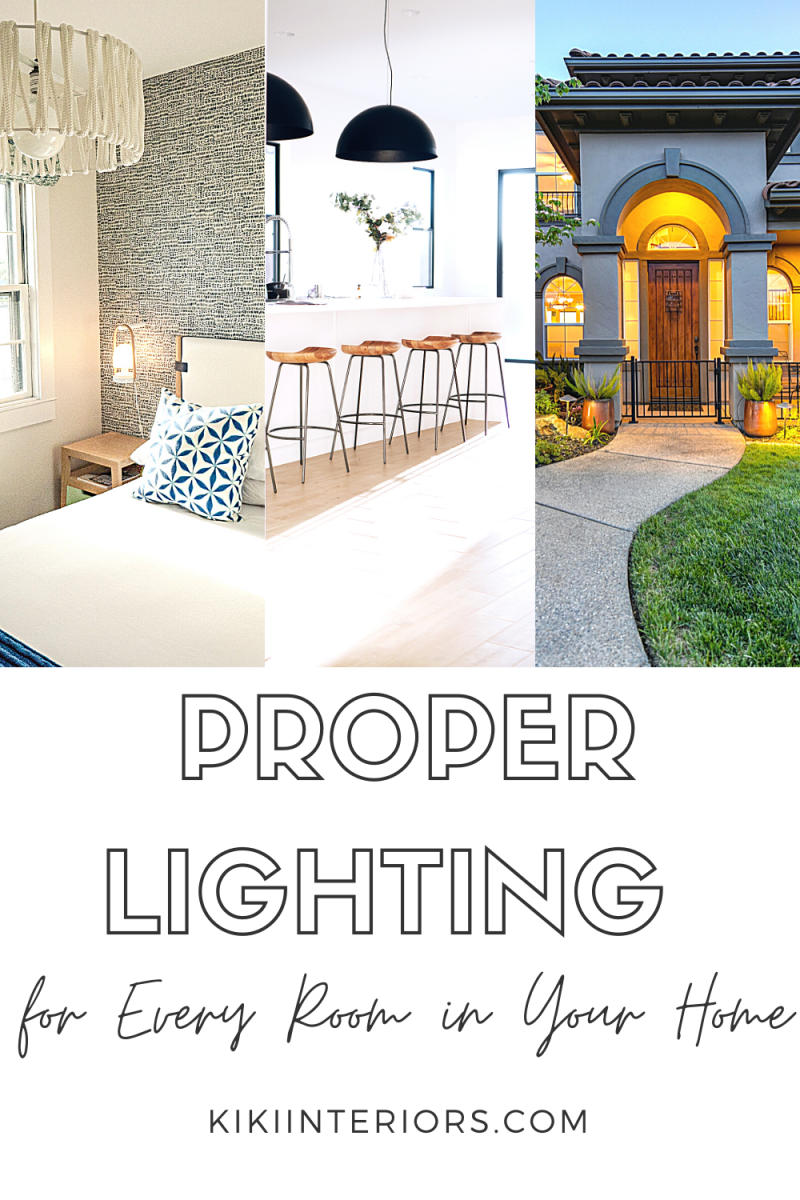




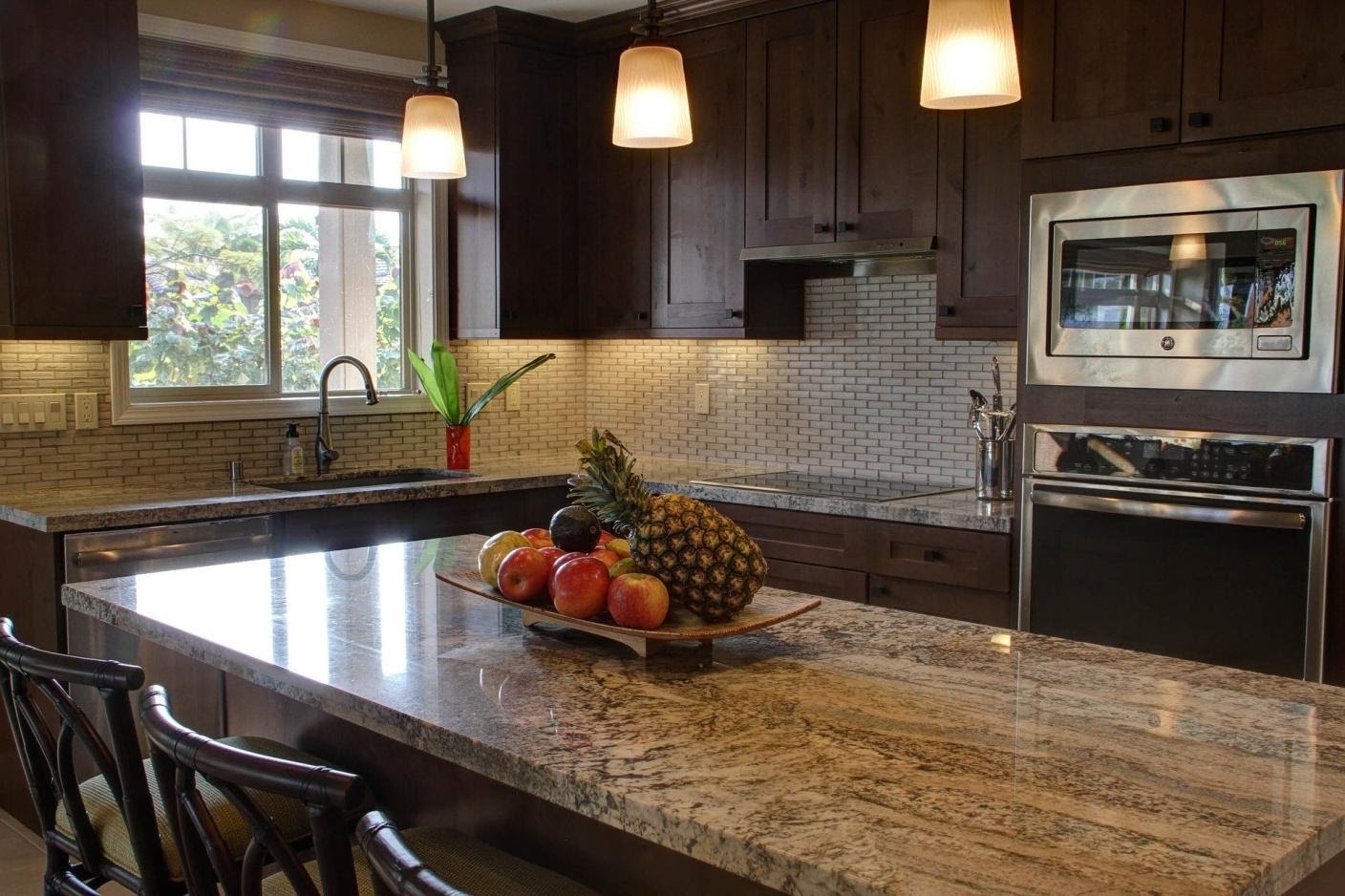



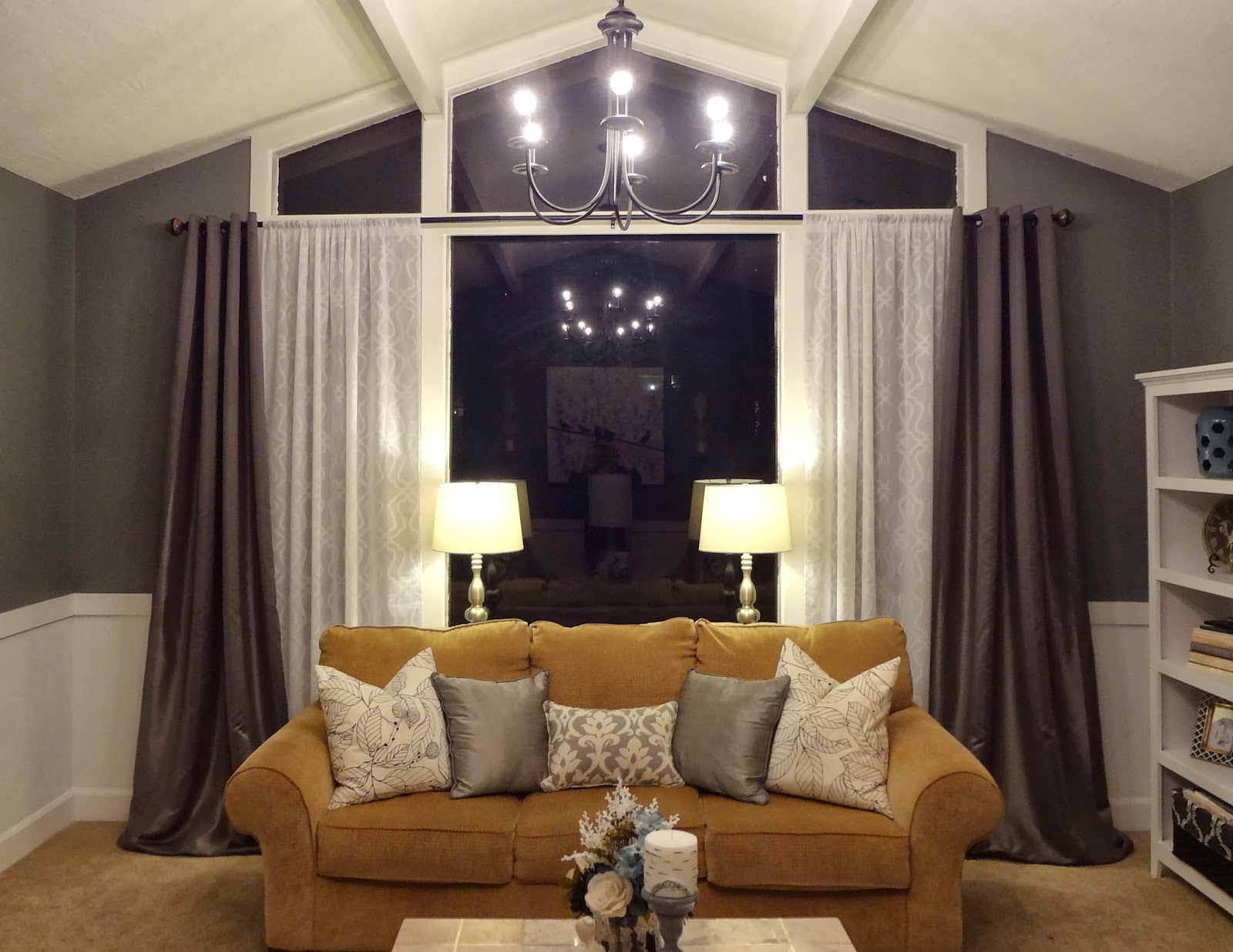
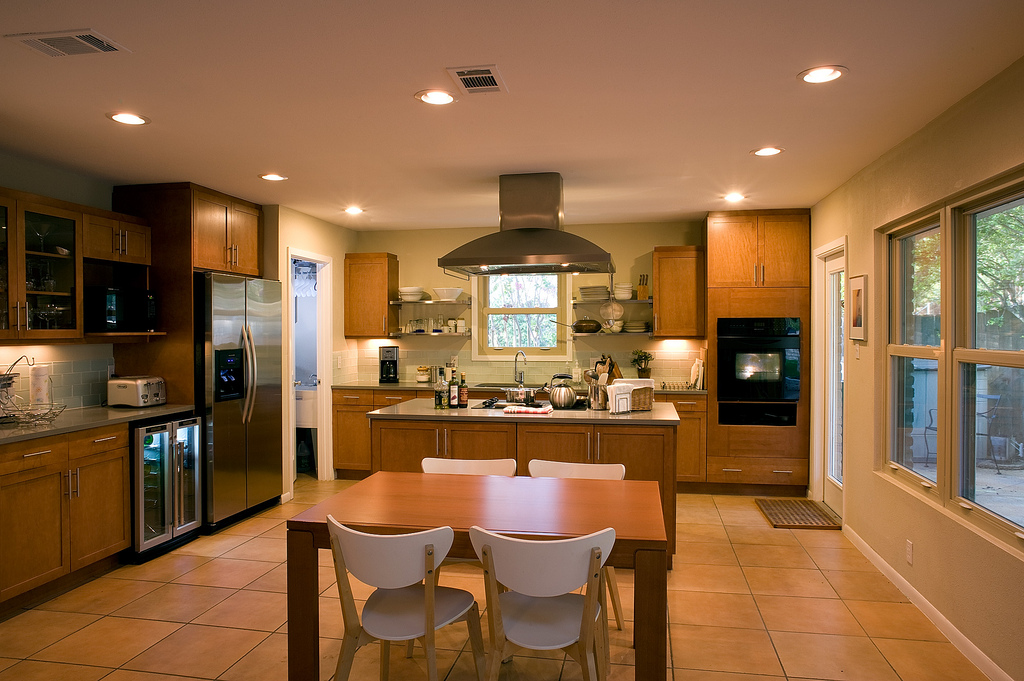



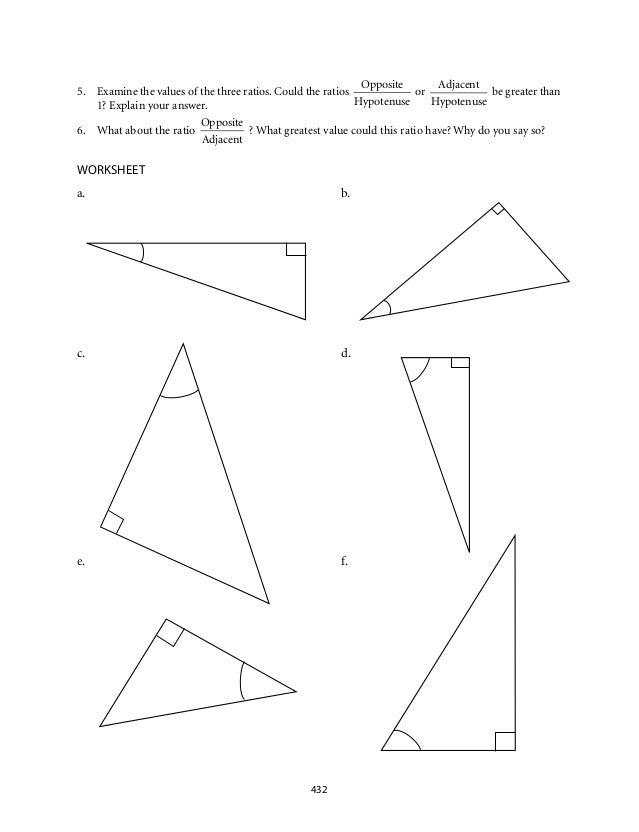
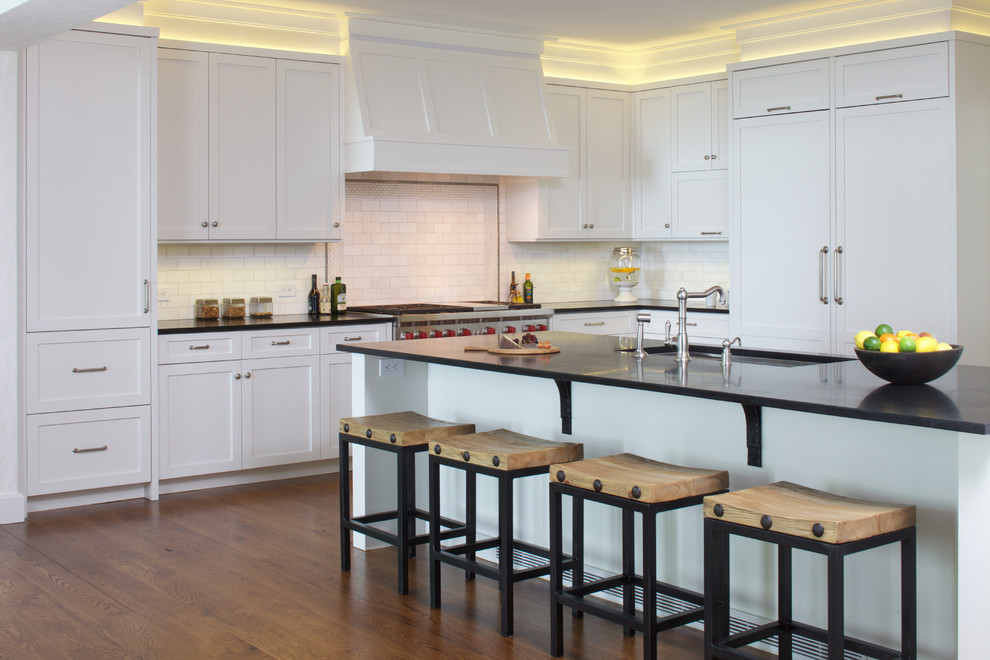

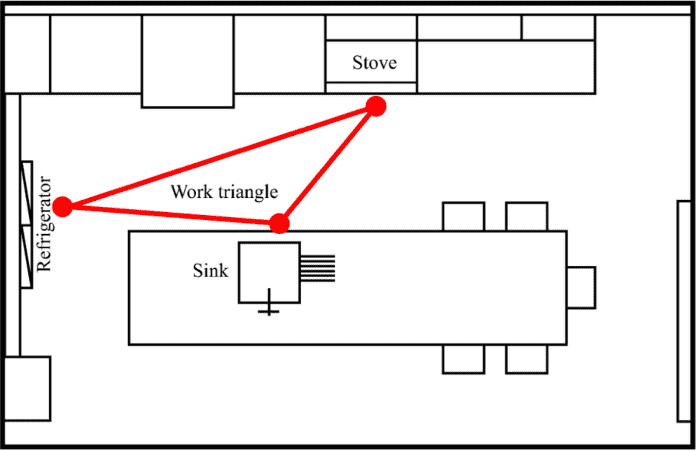








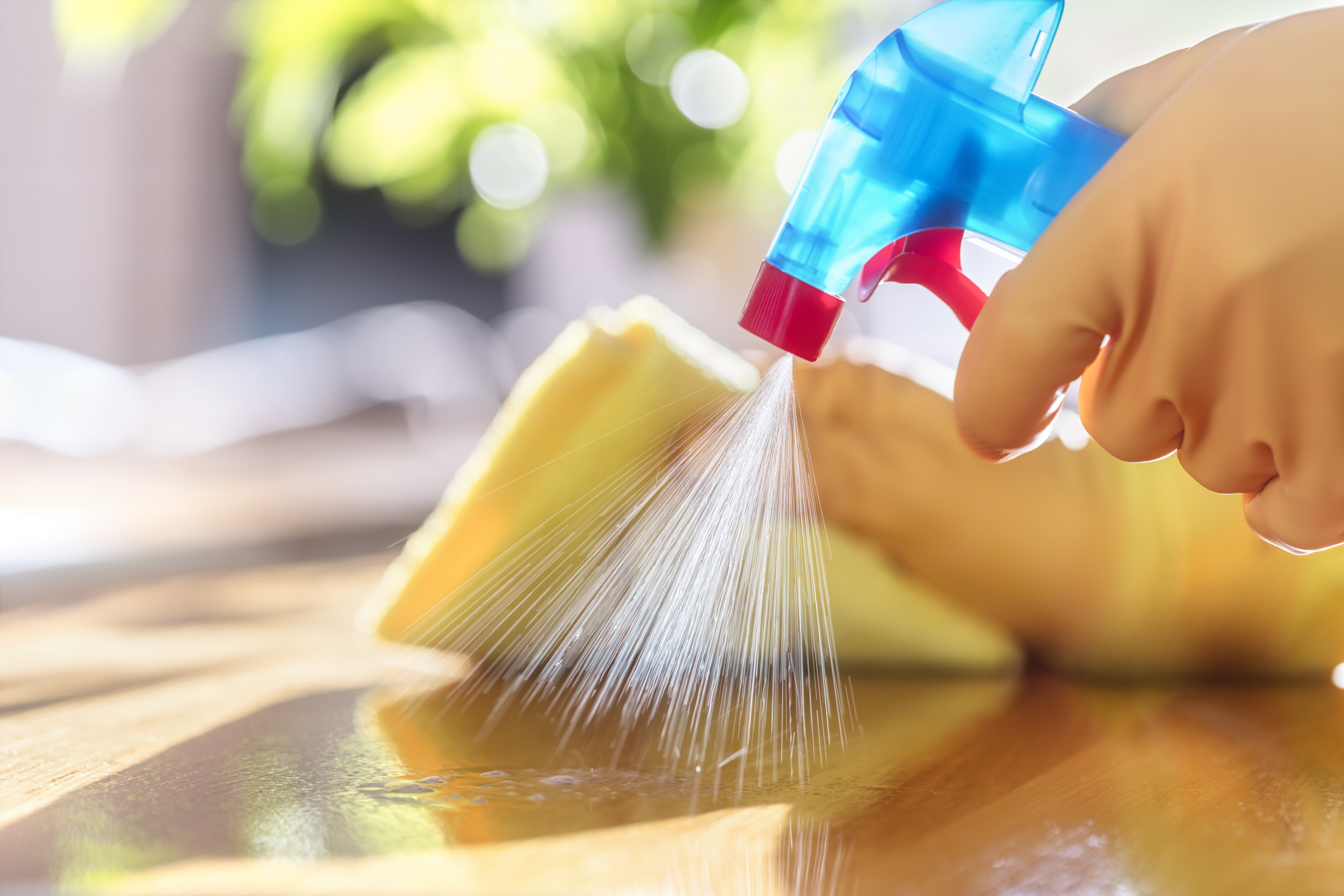
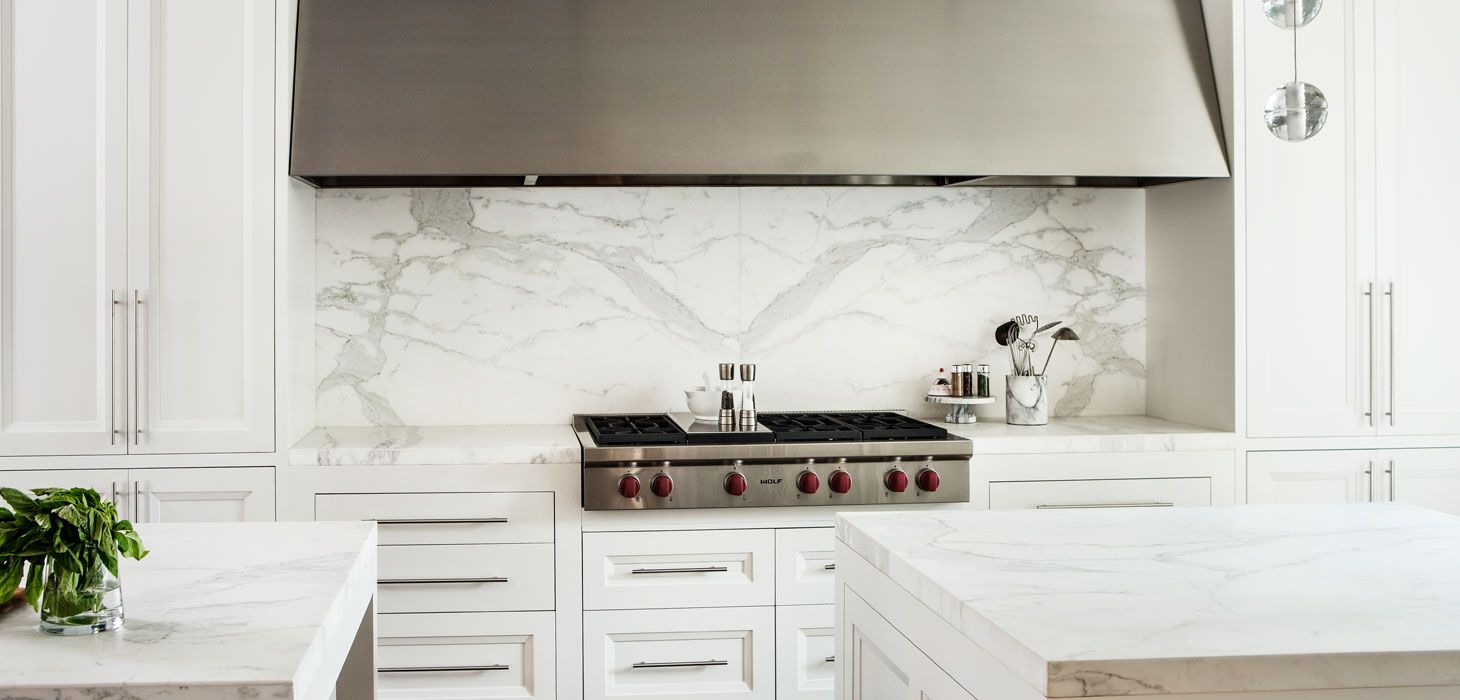
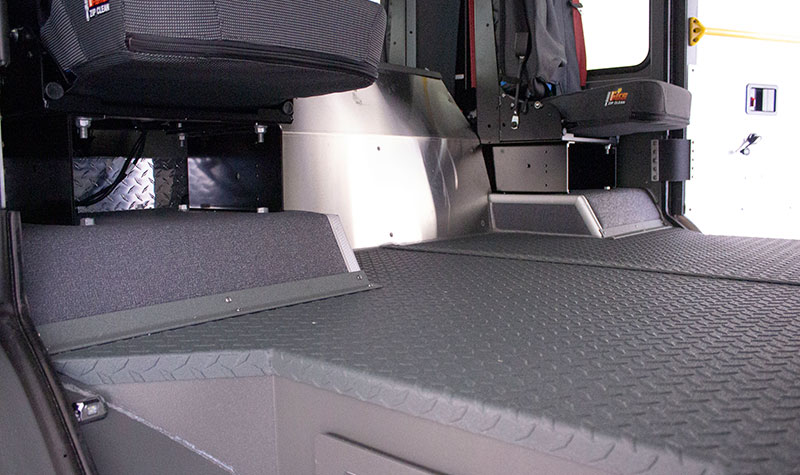


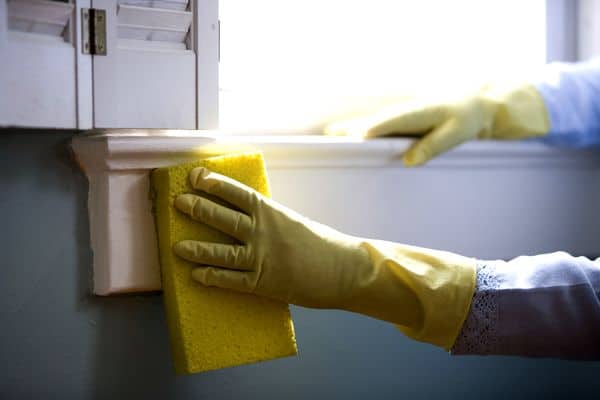
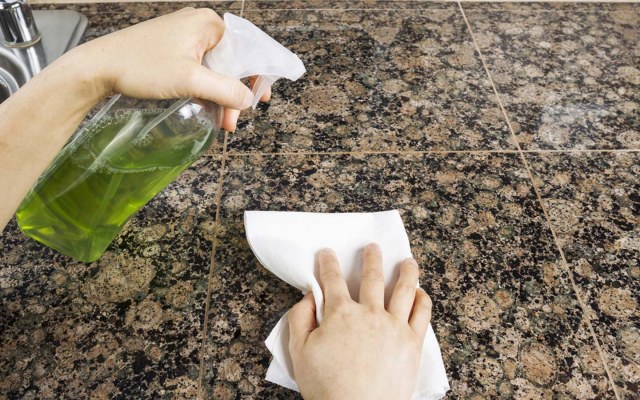






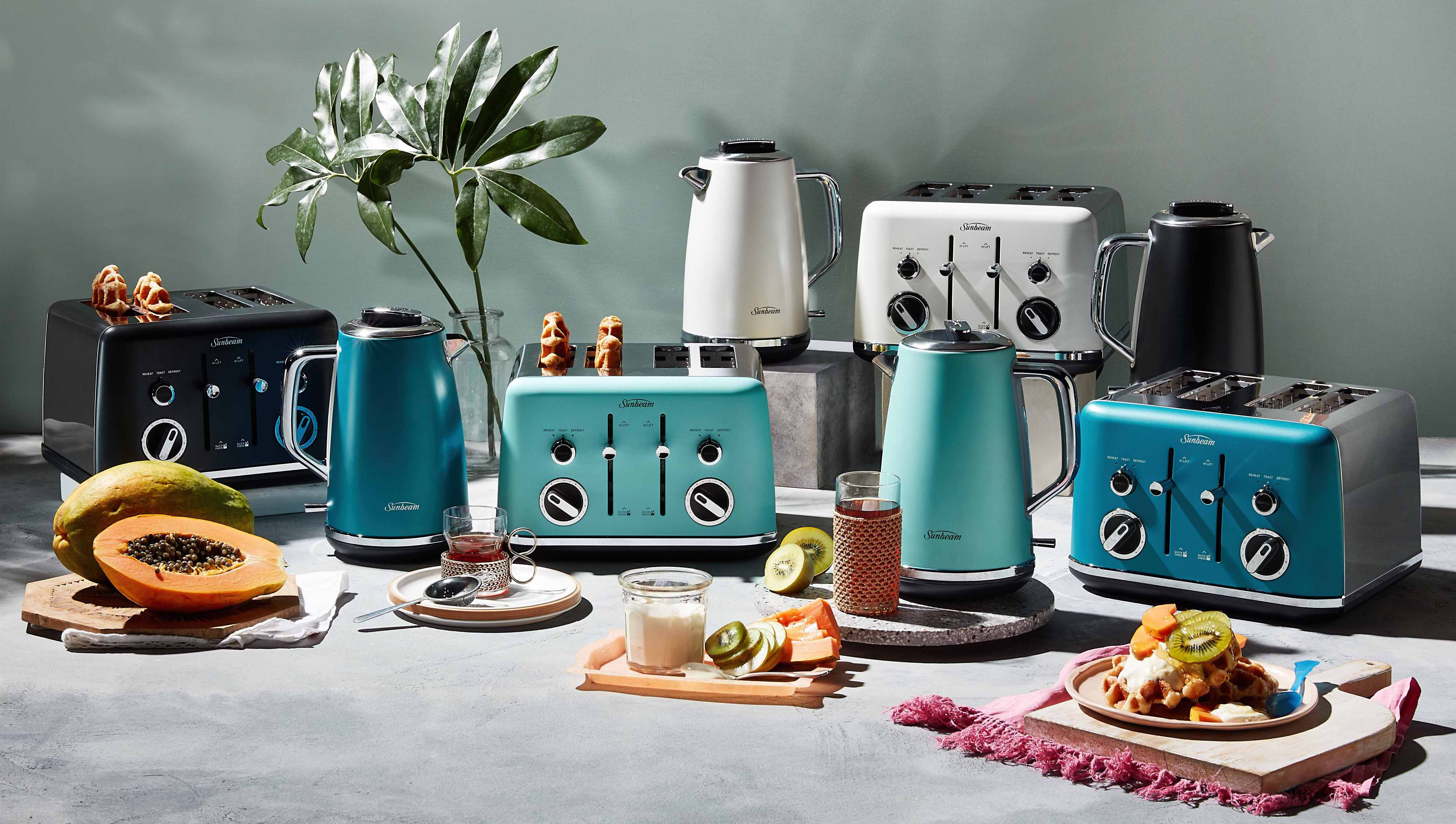
/appliancesalexeydudoladovGettyImages-171589331-57b37c3c5f9b58b5c2cb819c.jpg)

